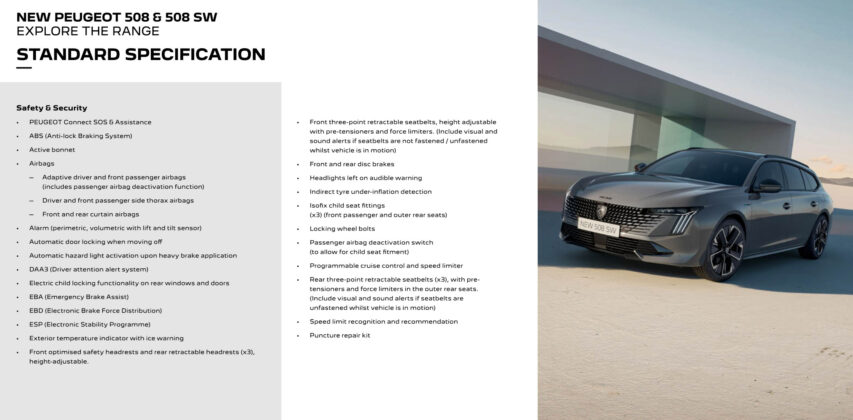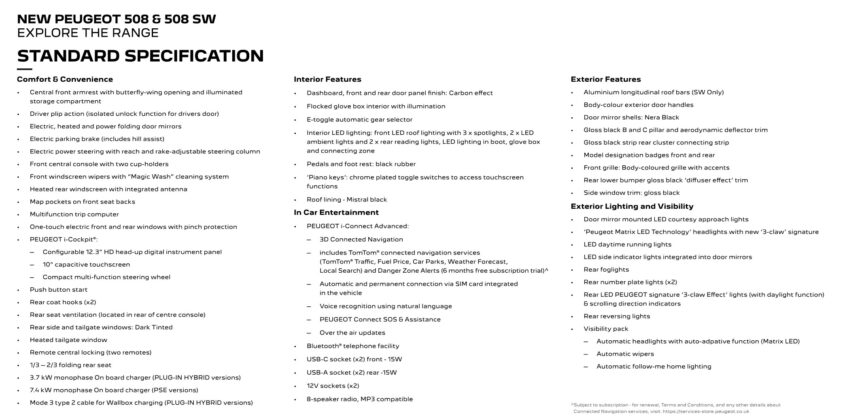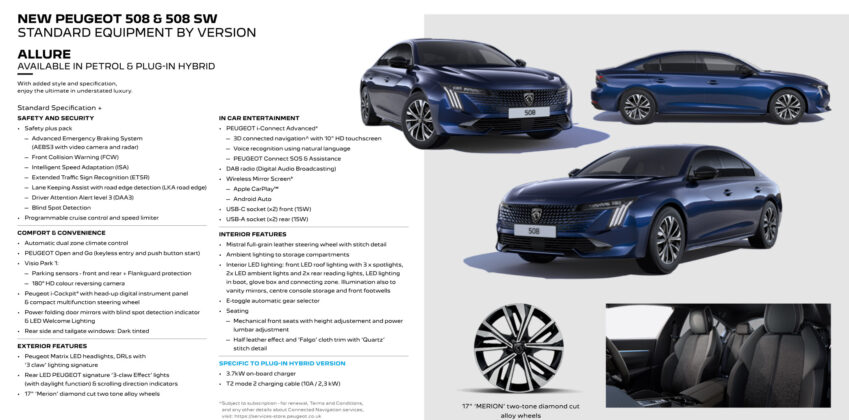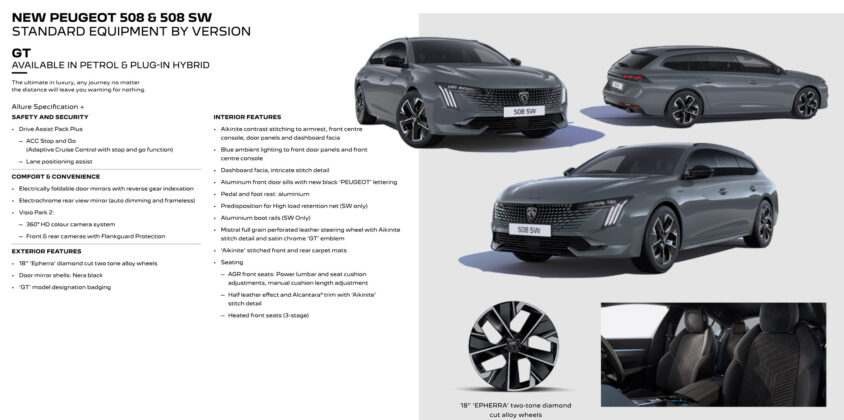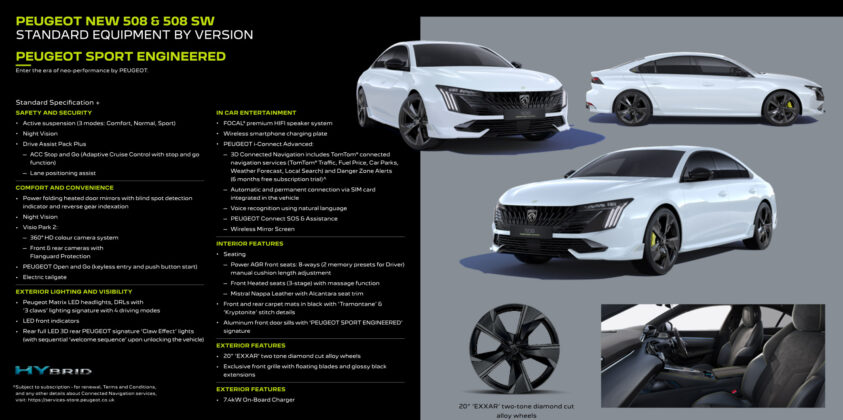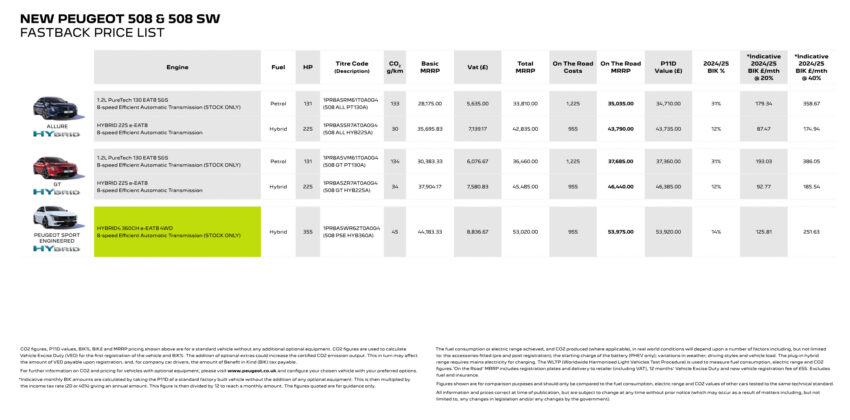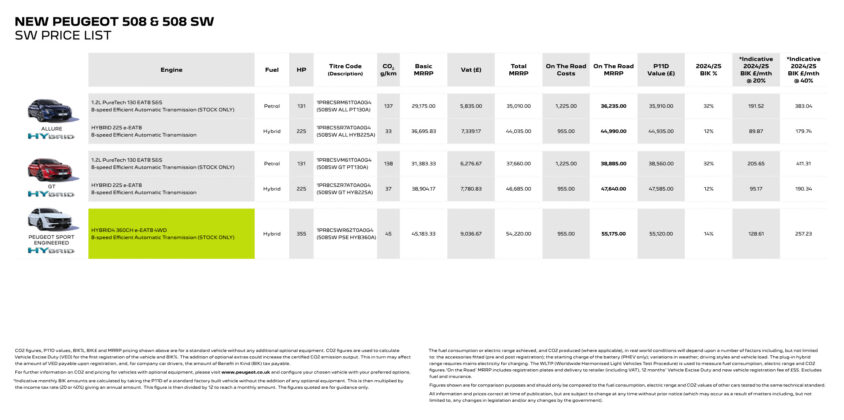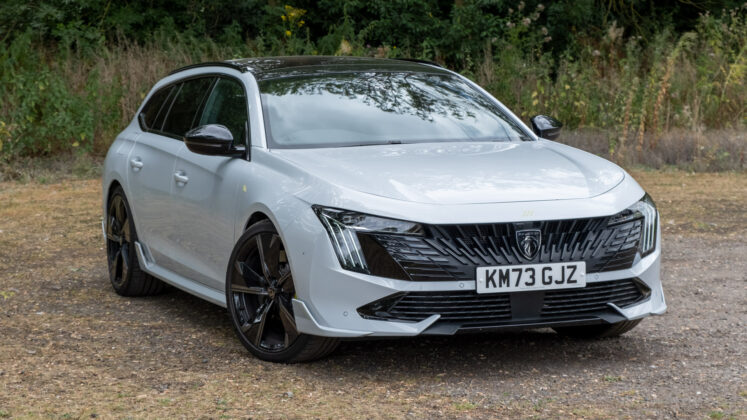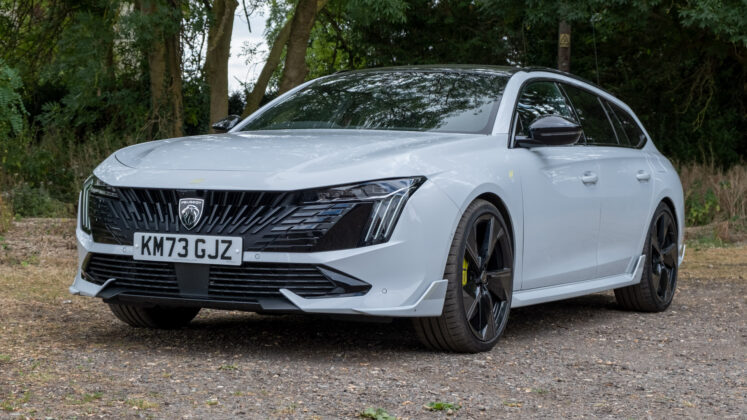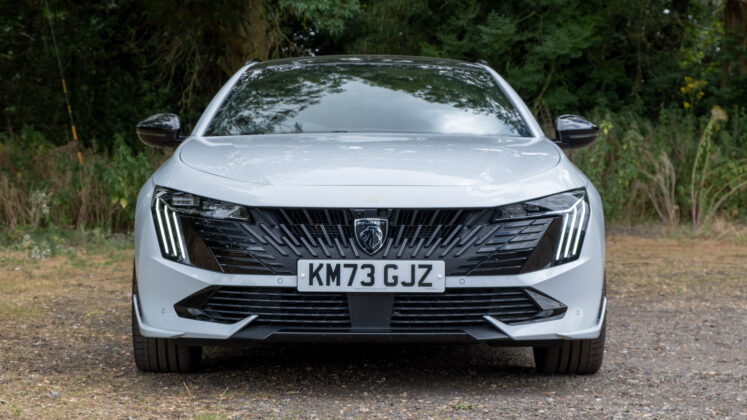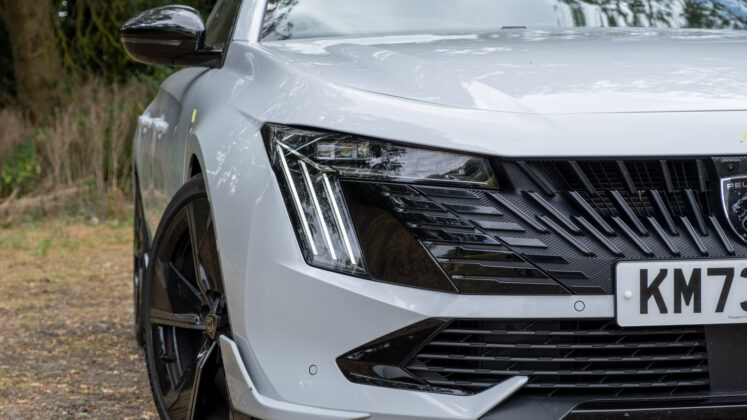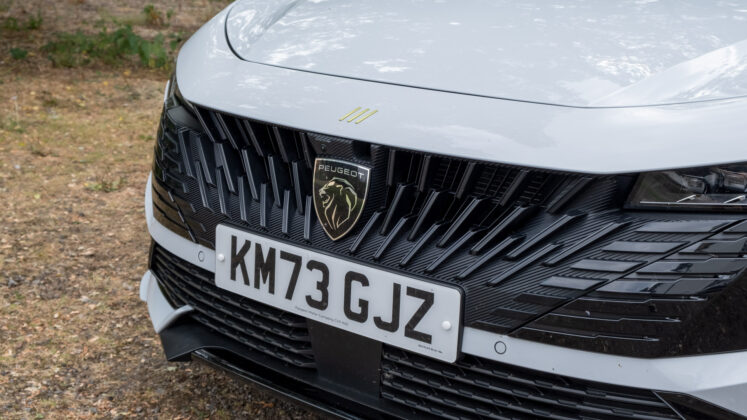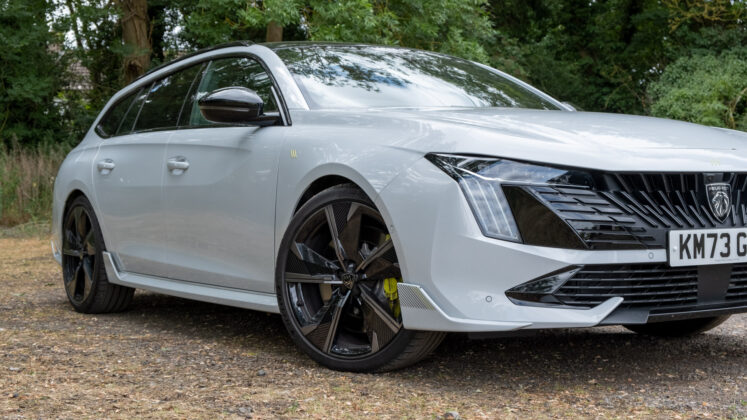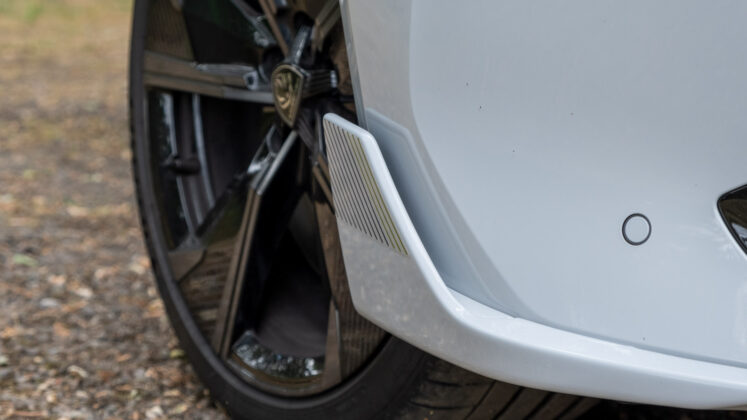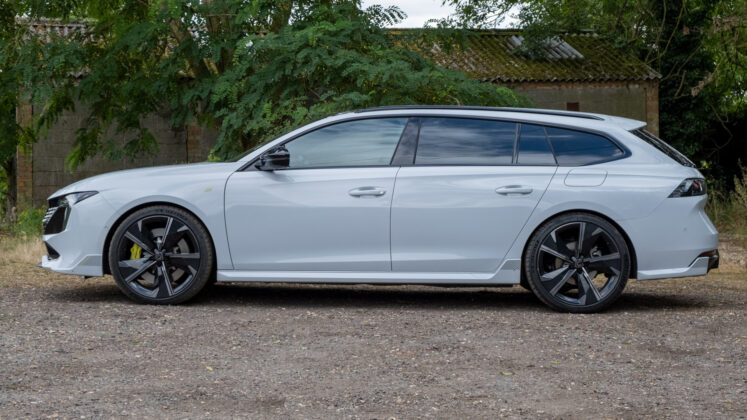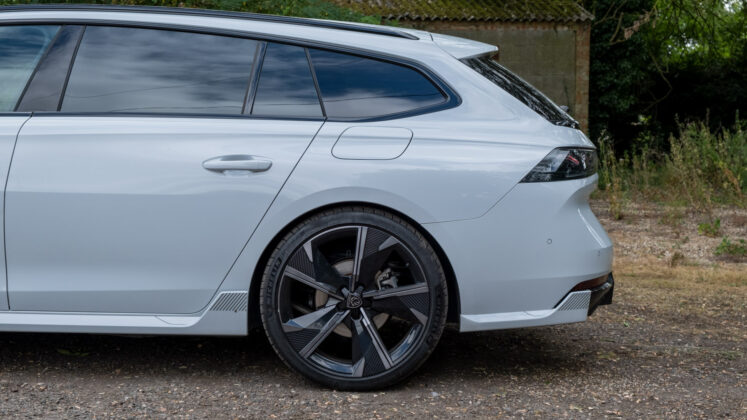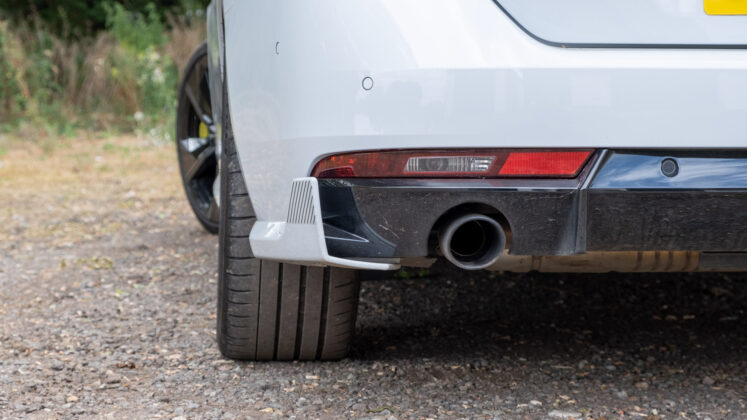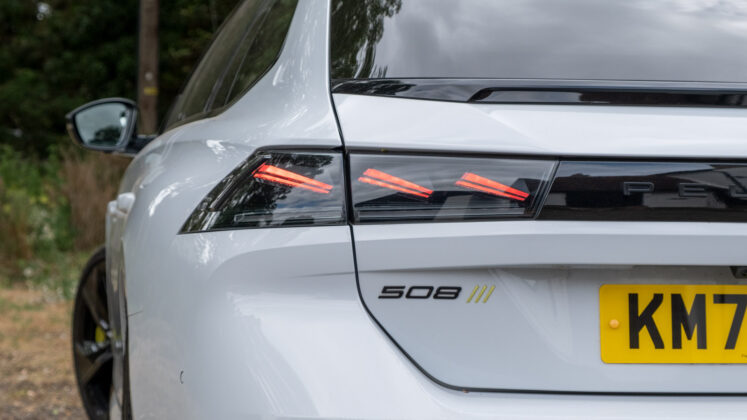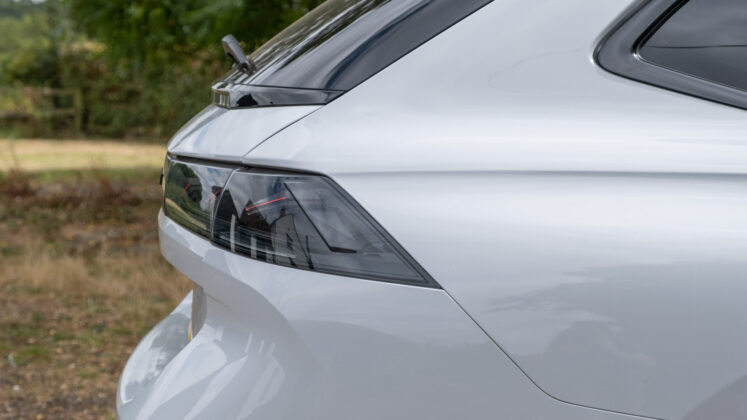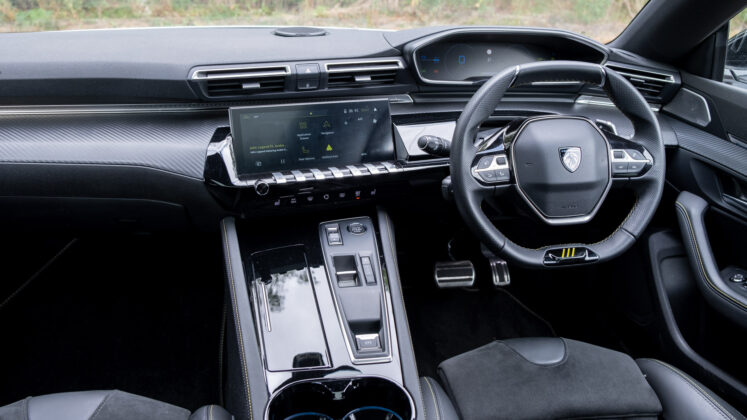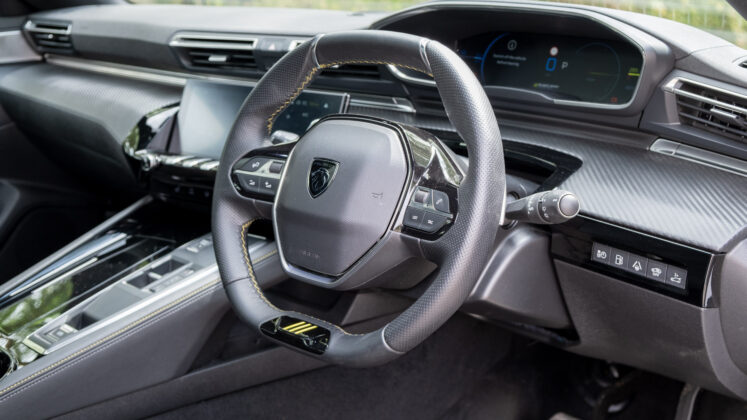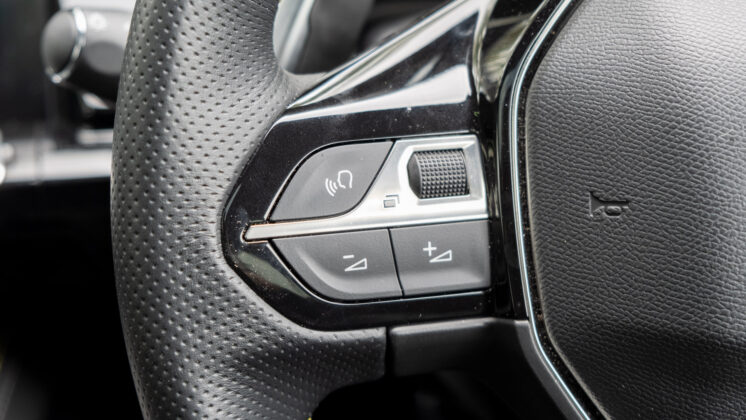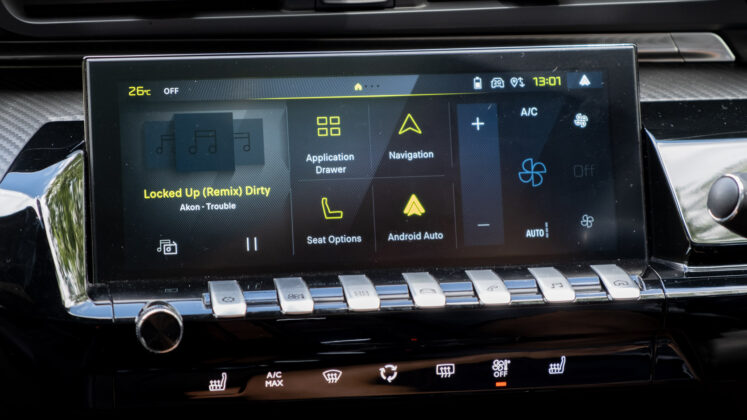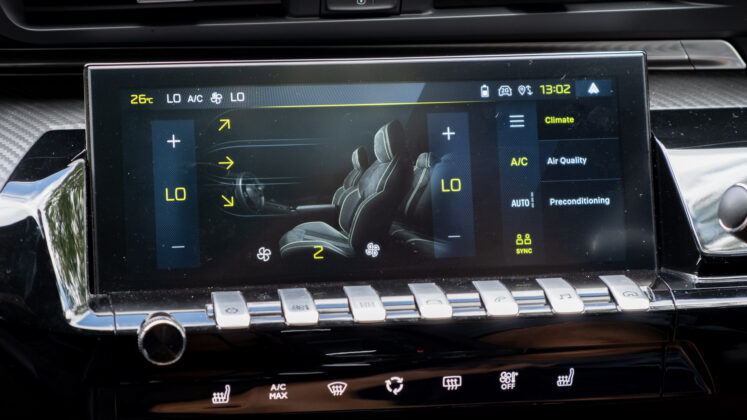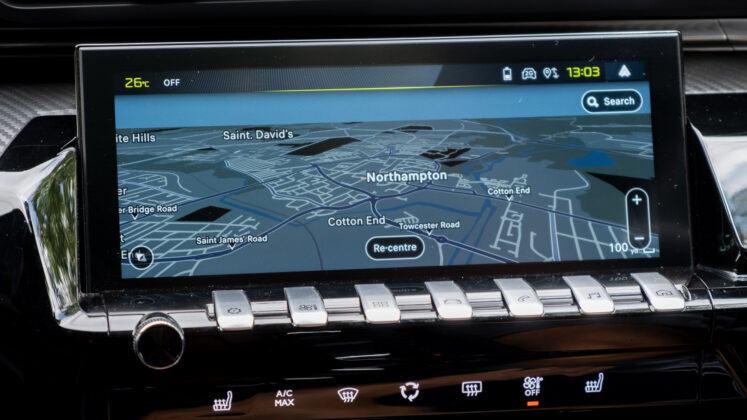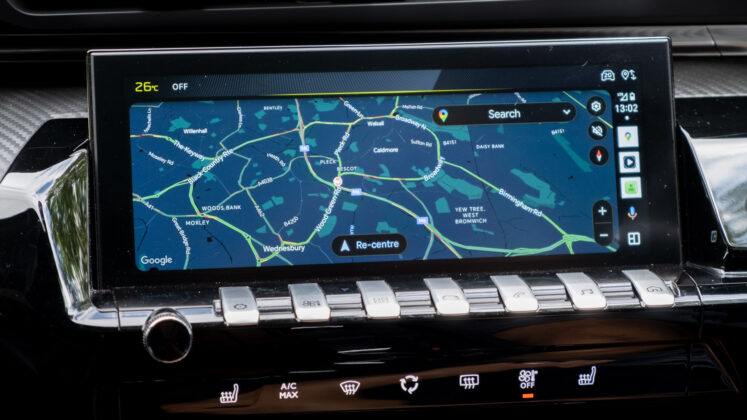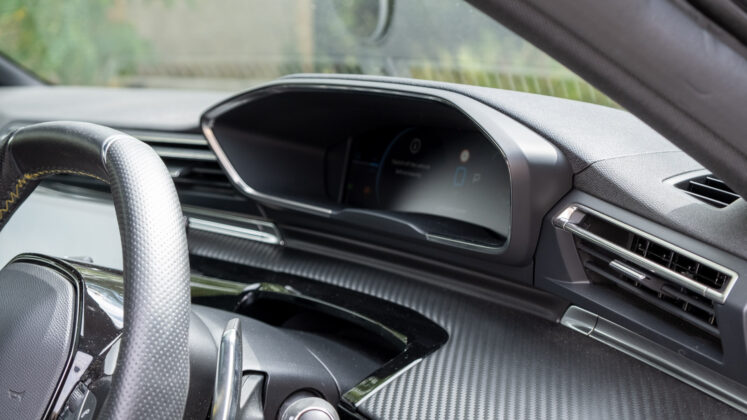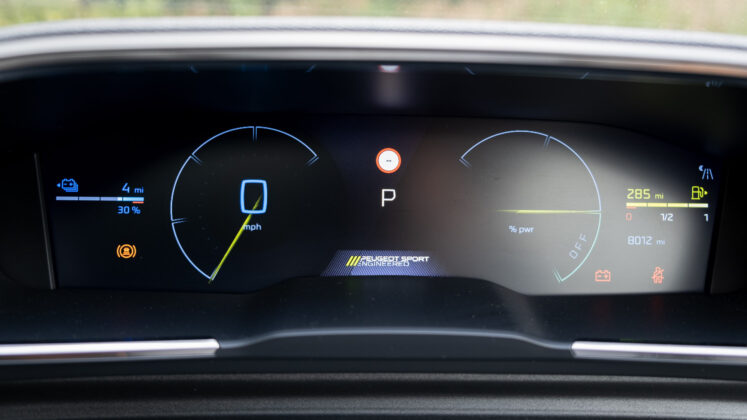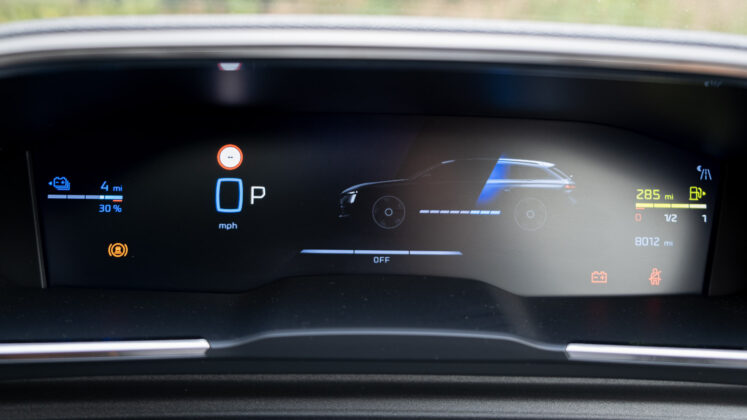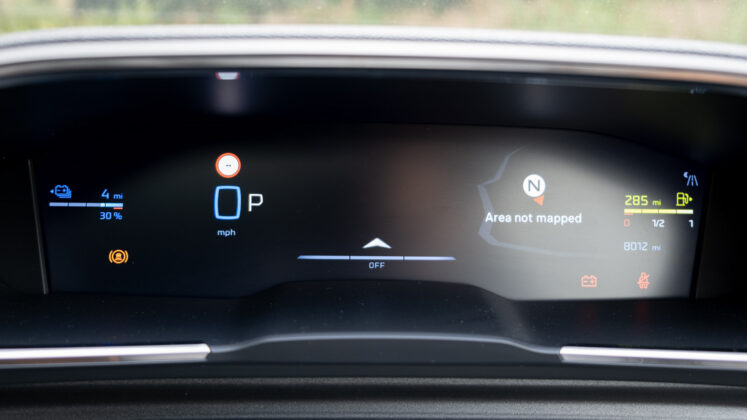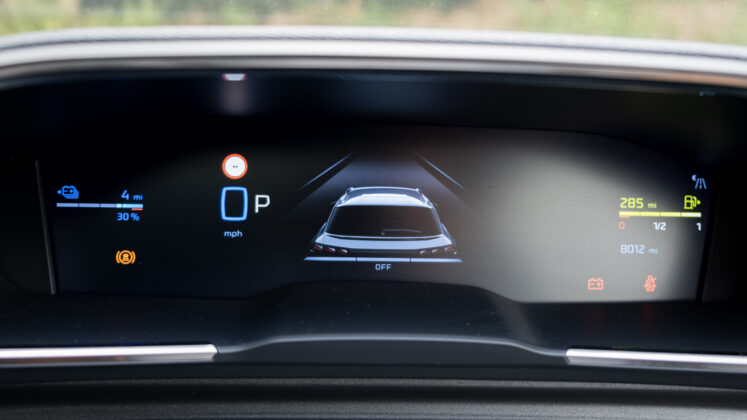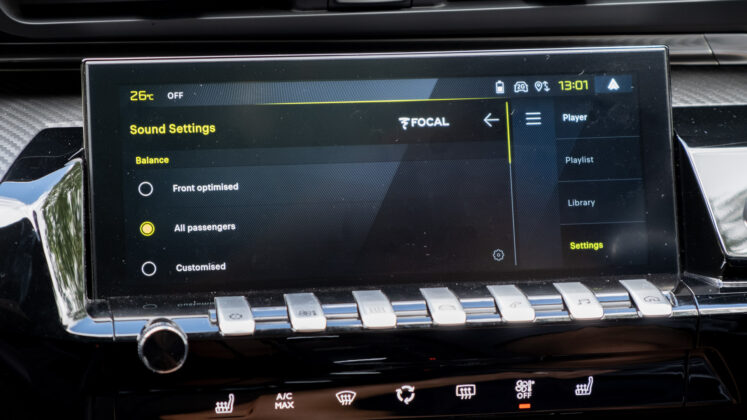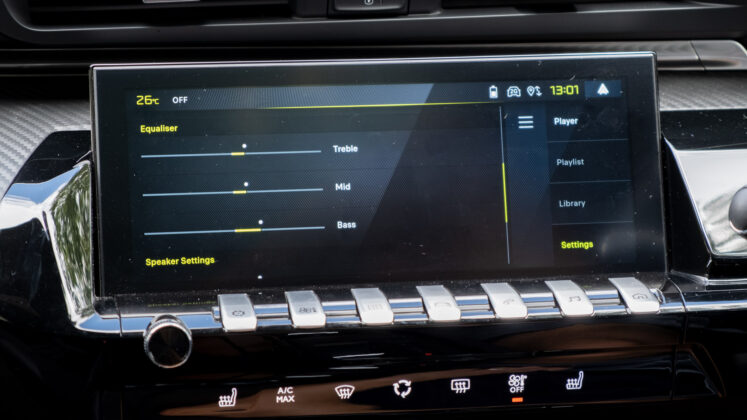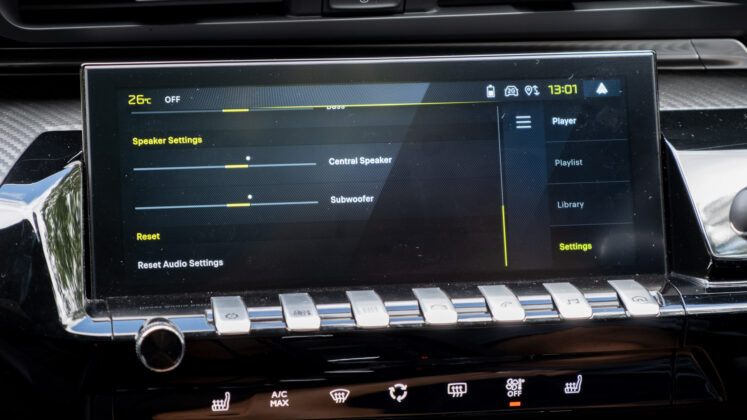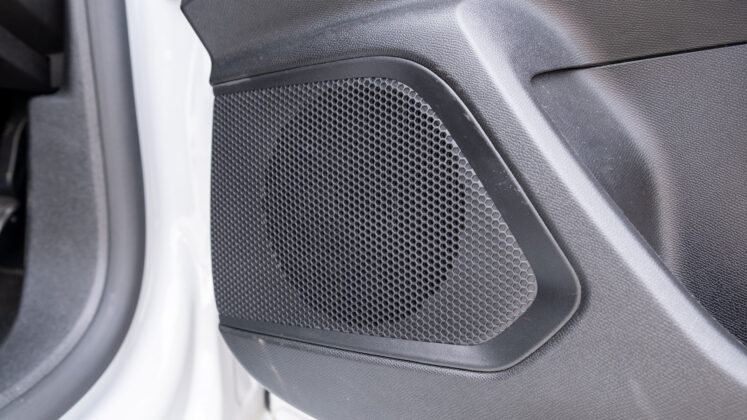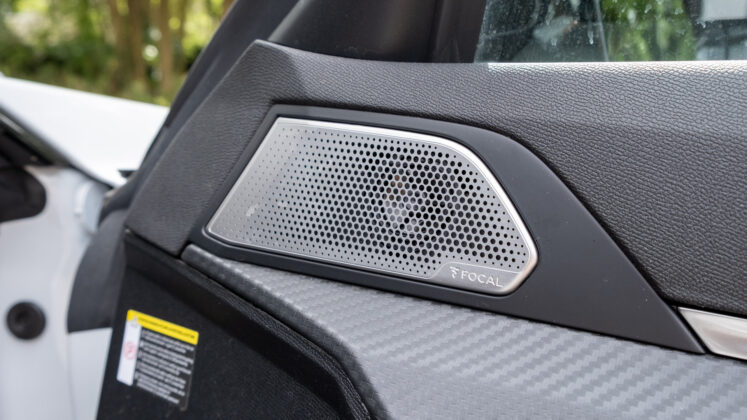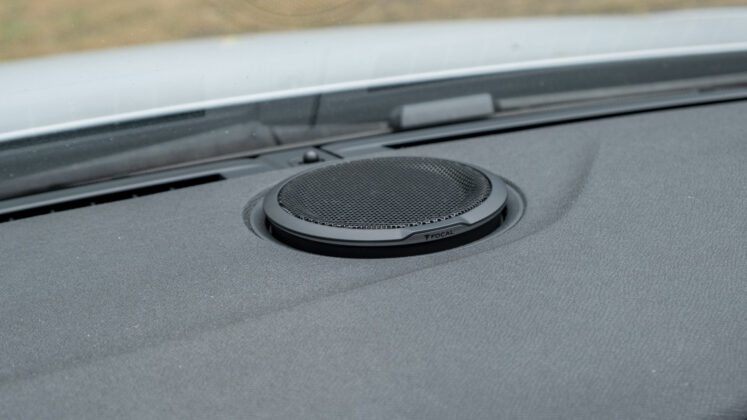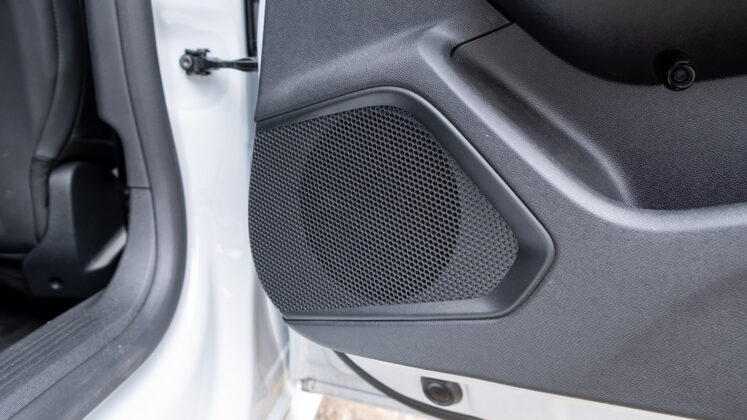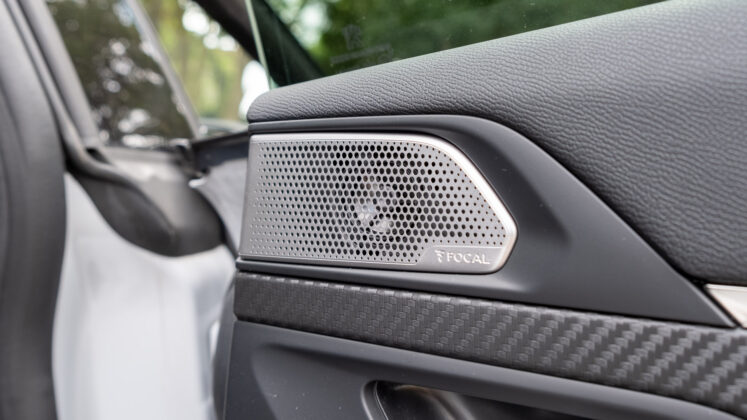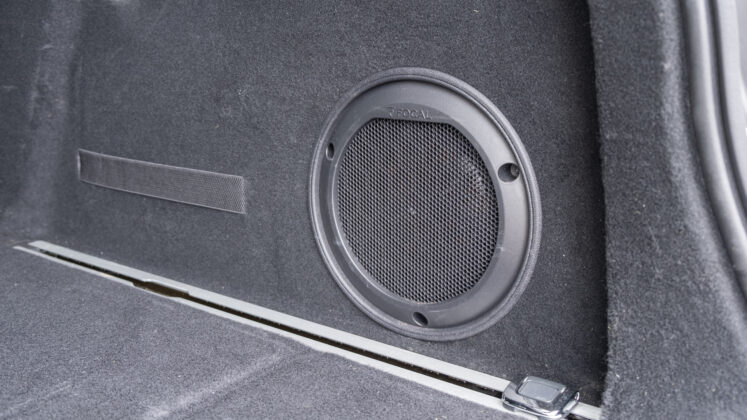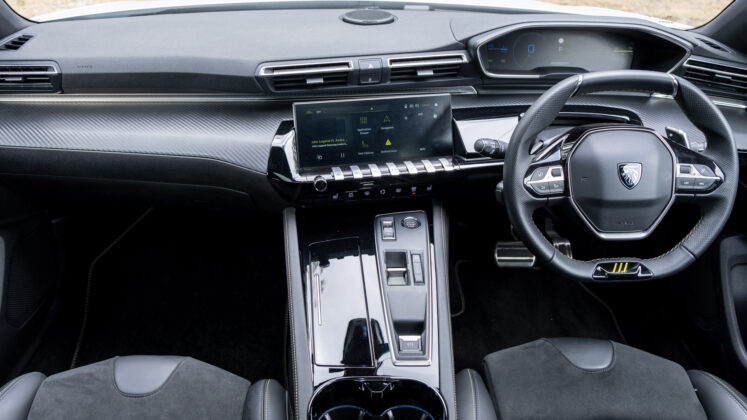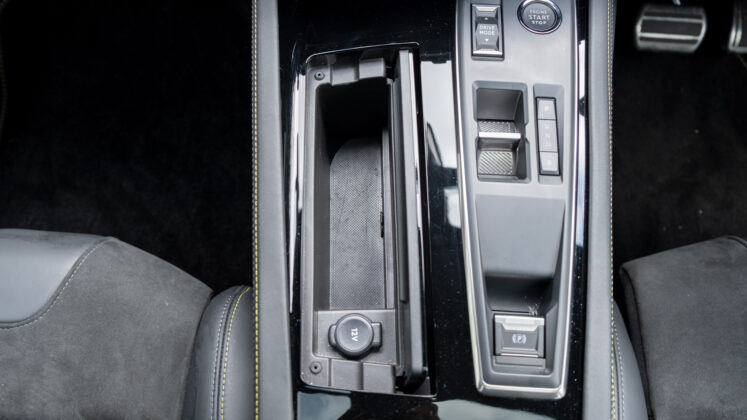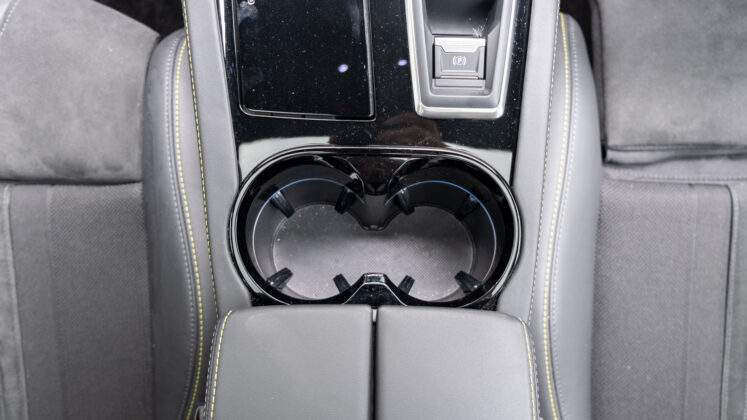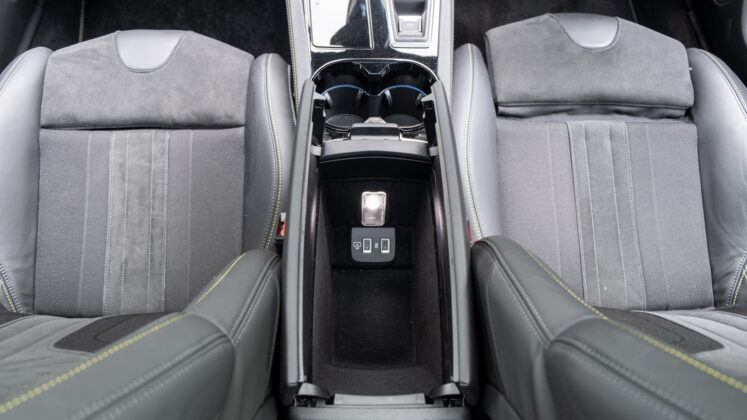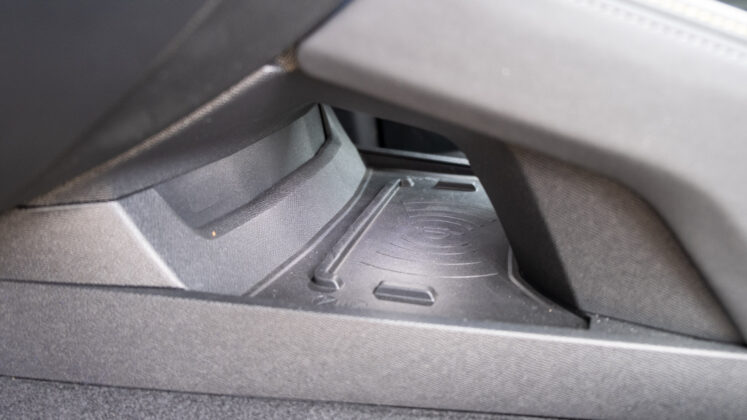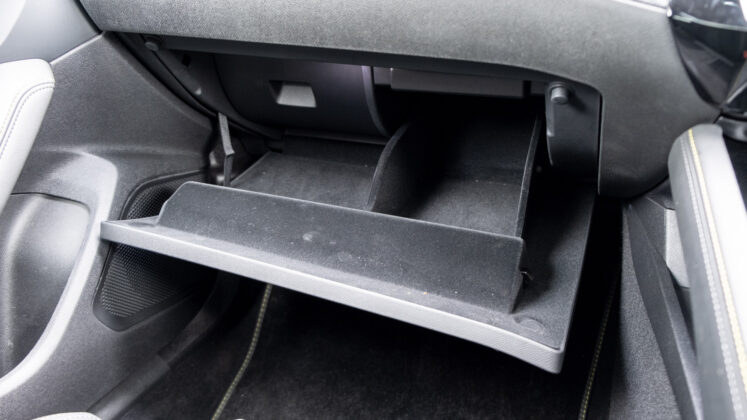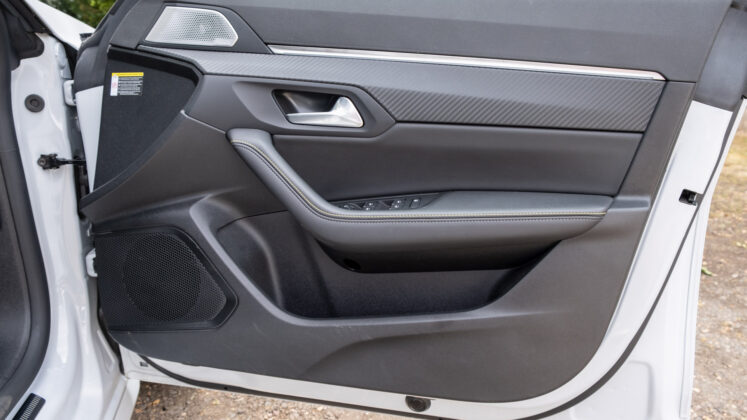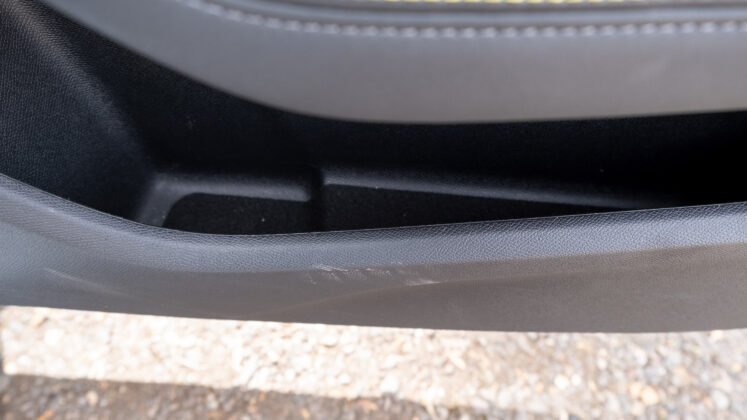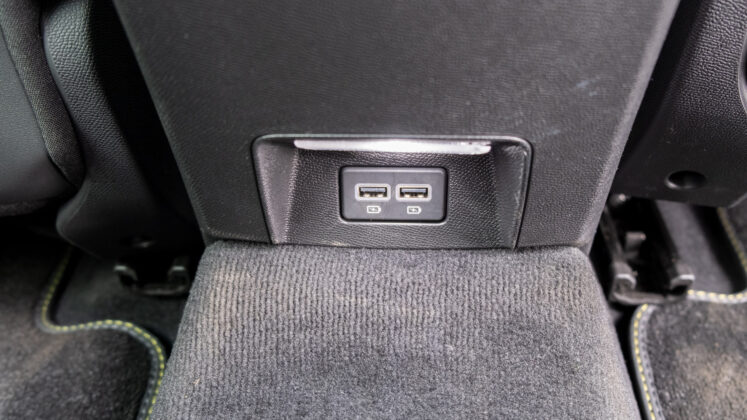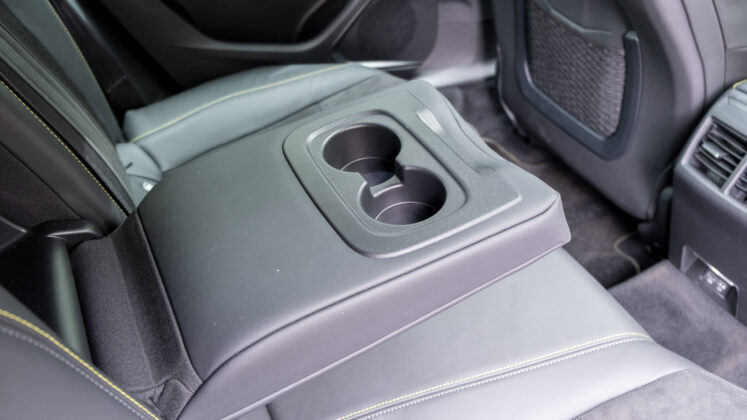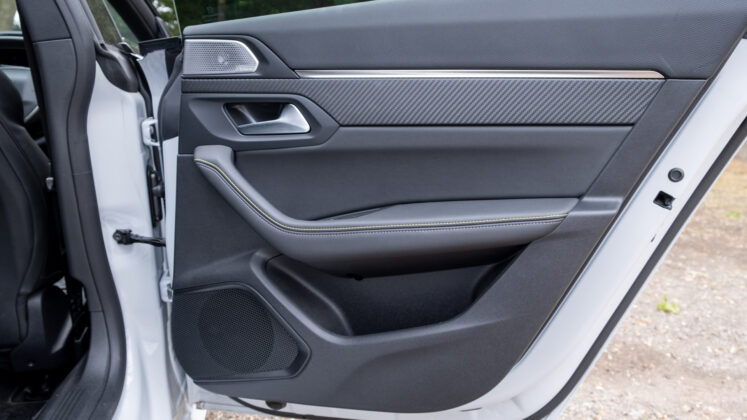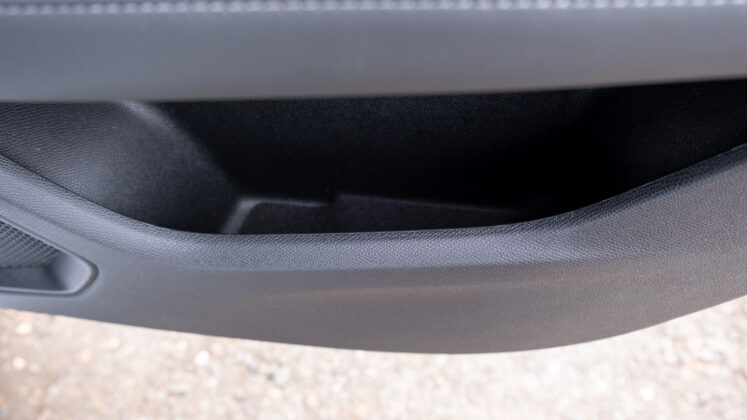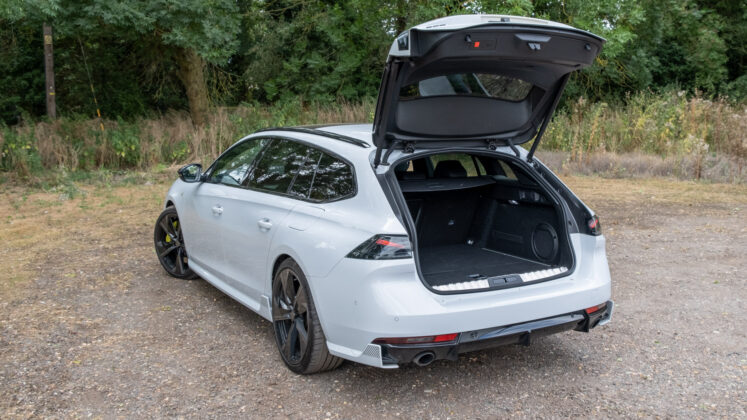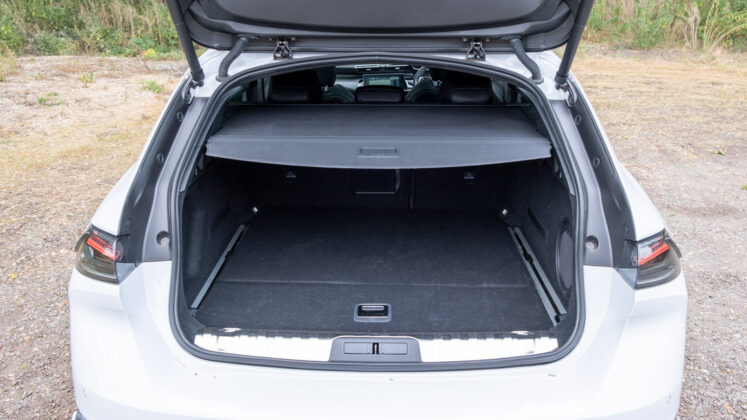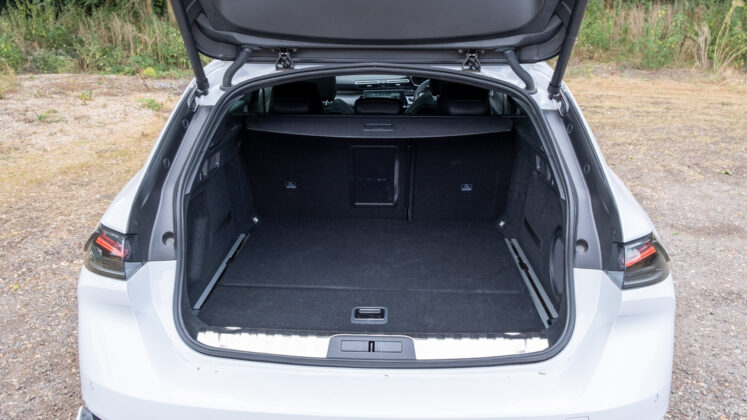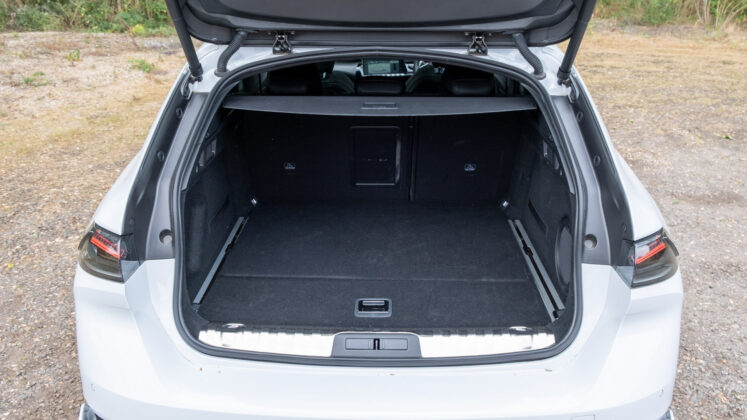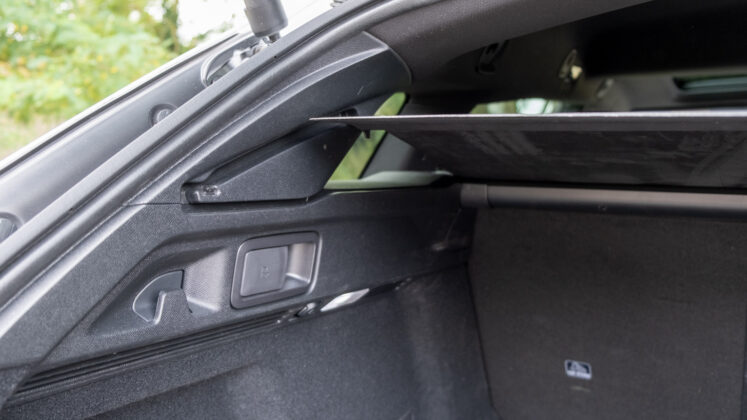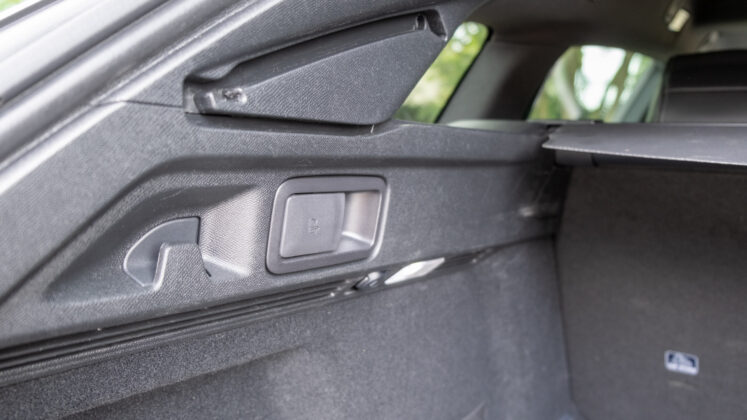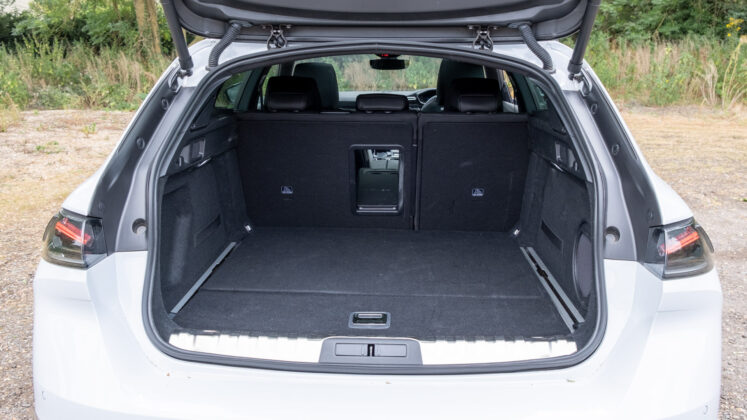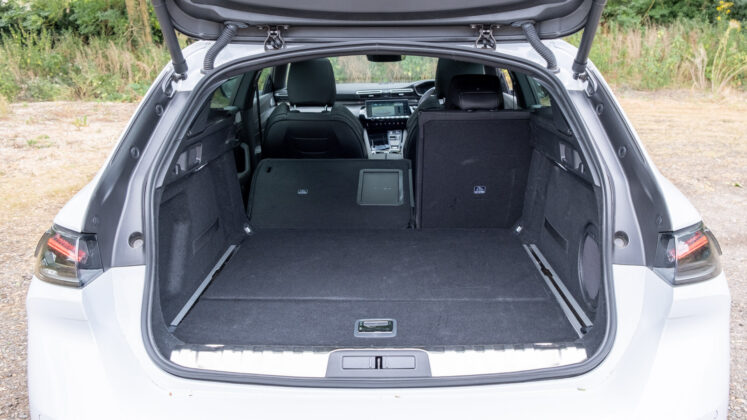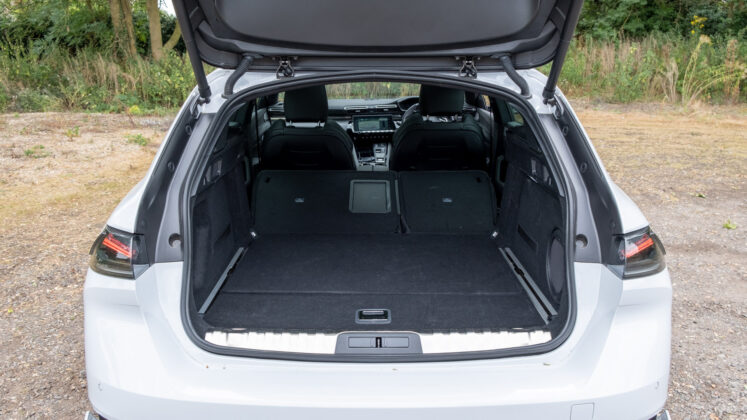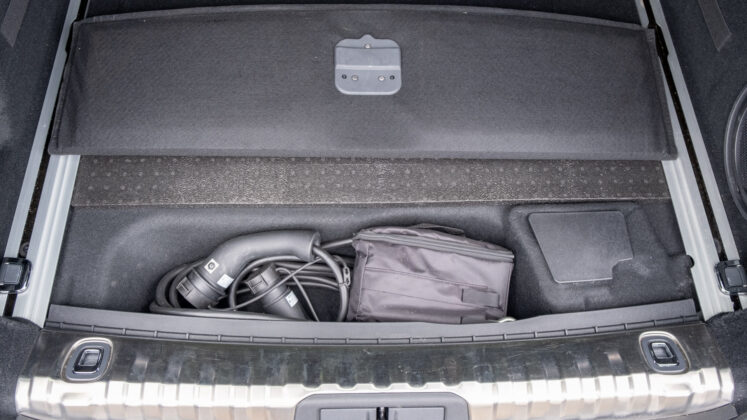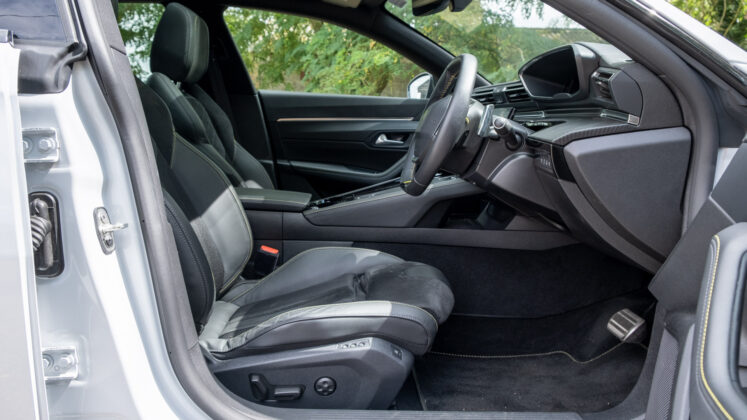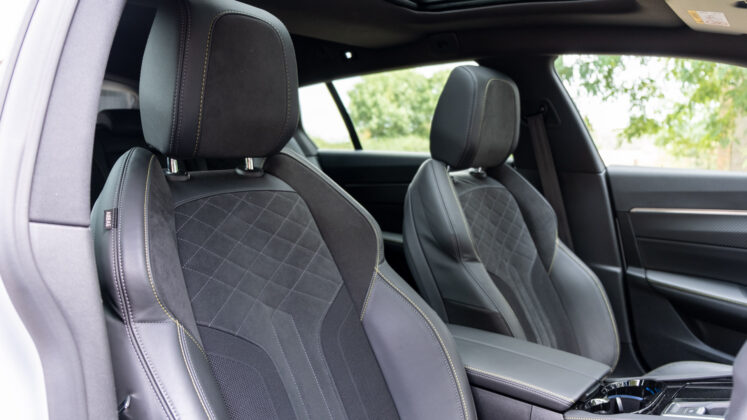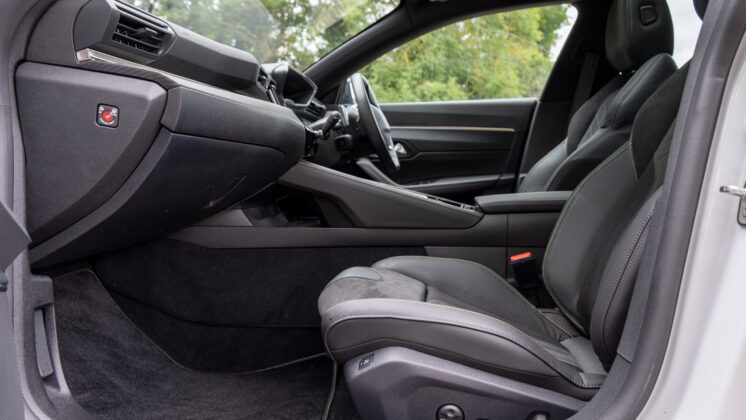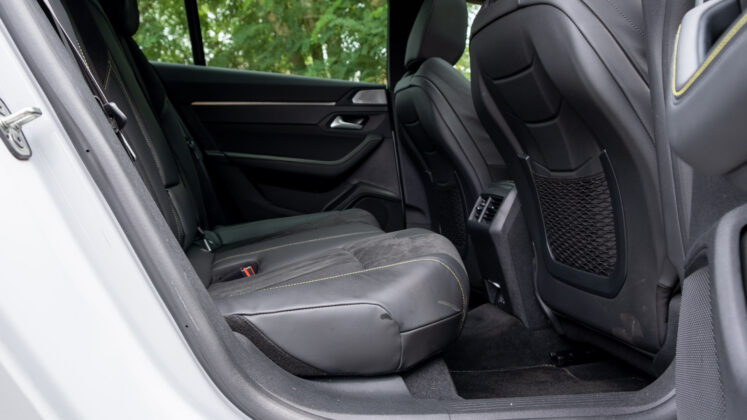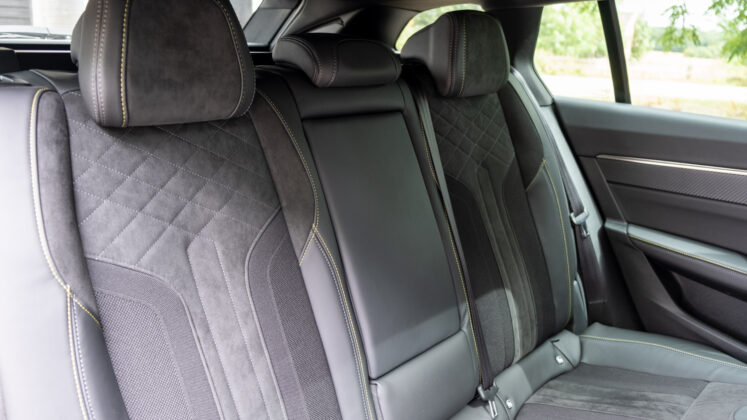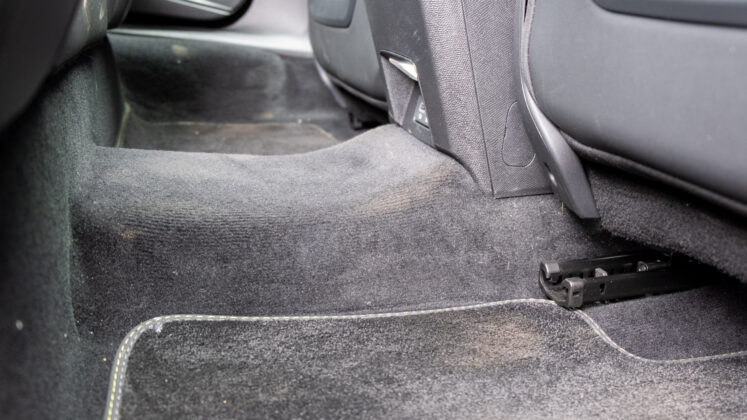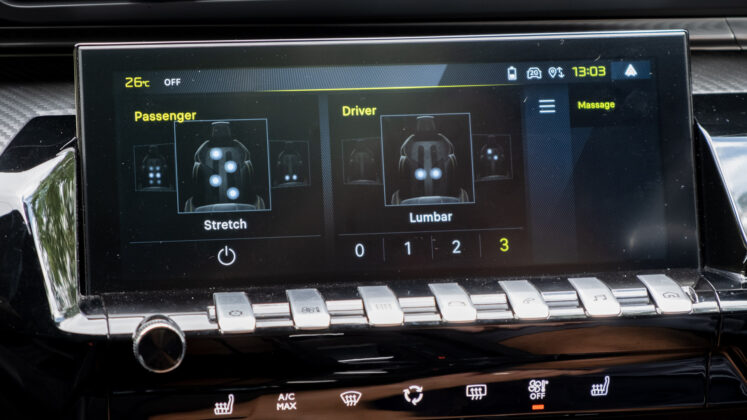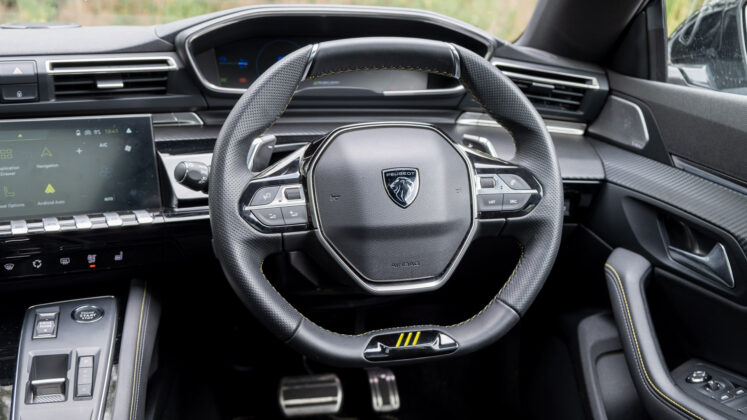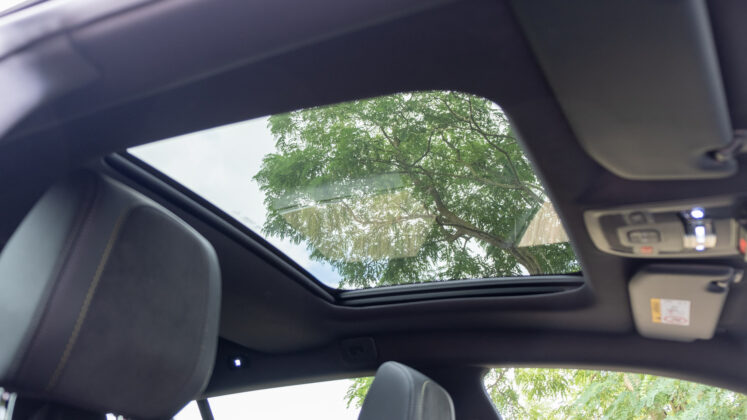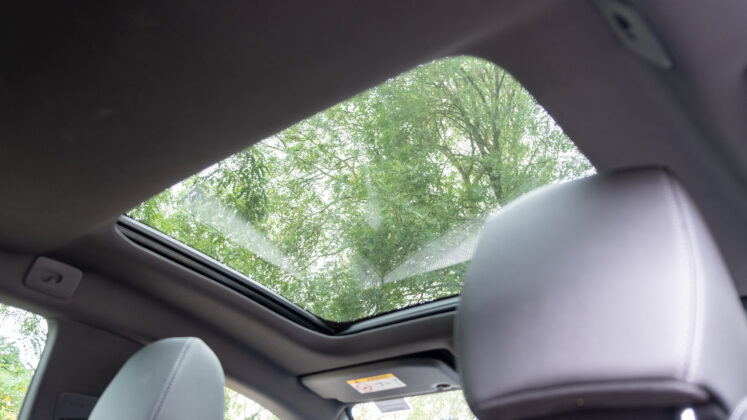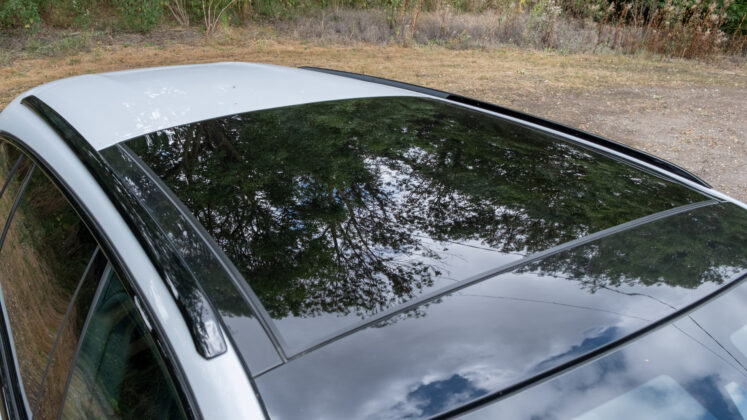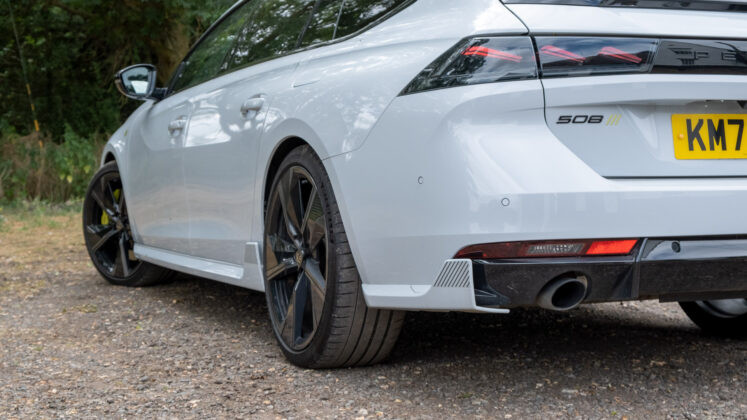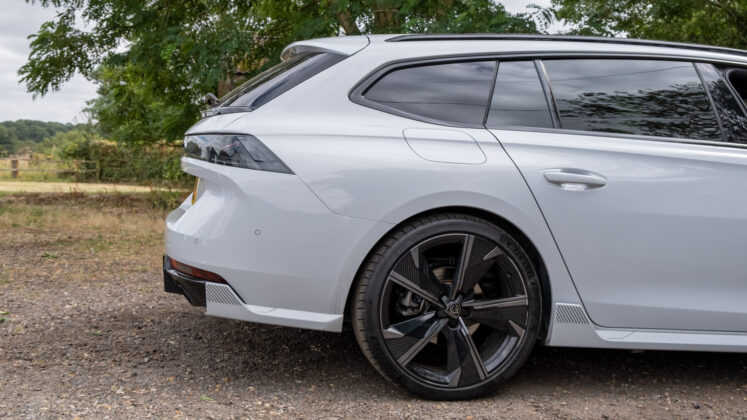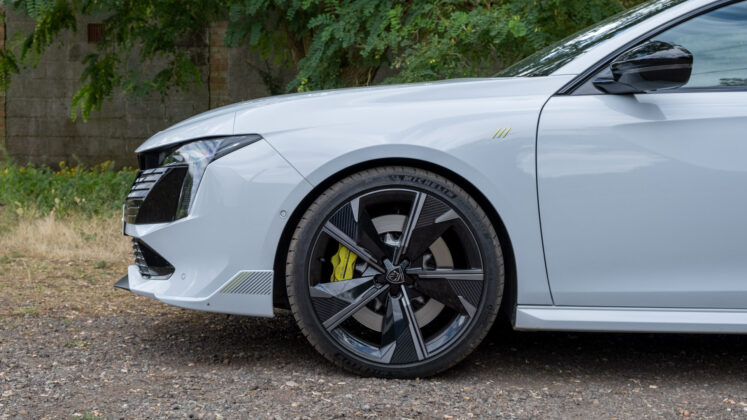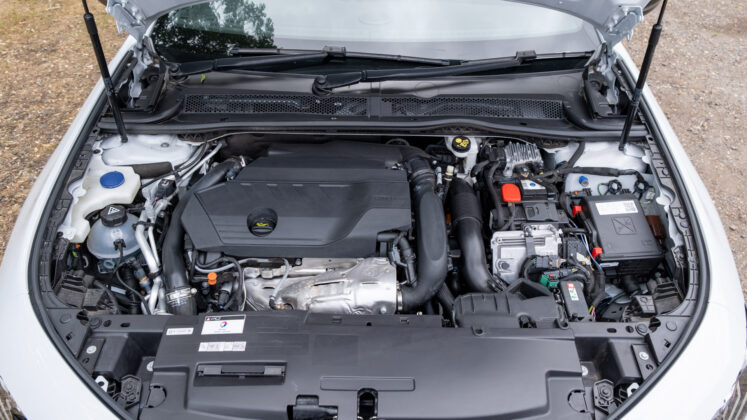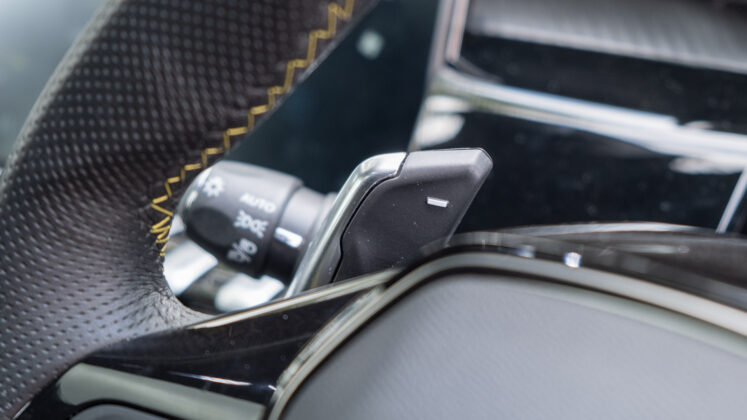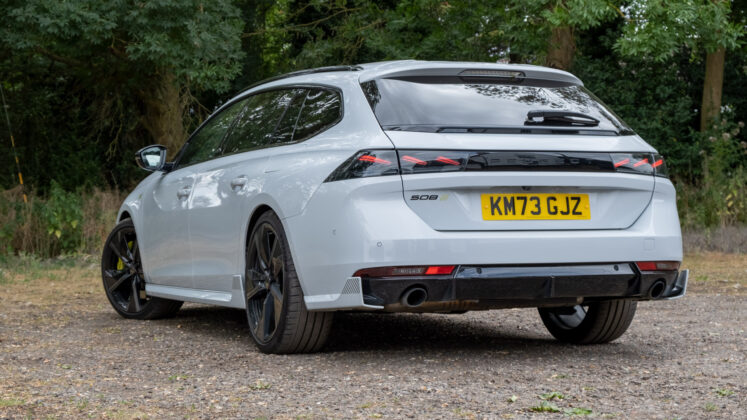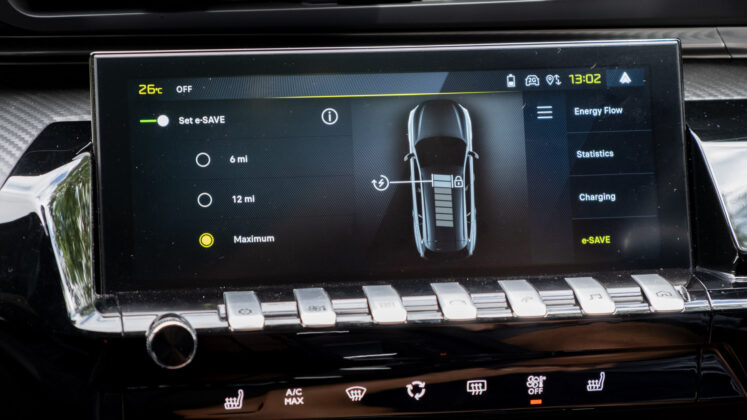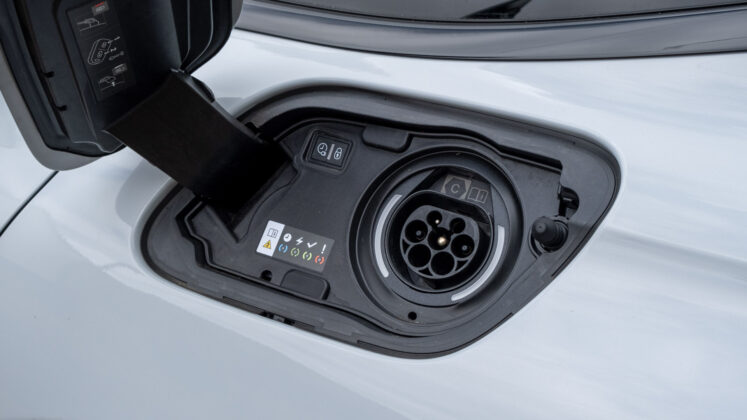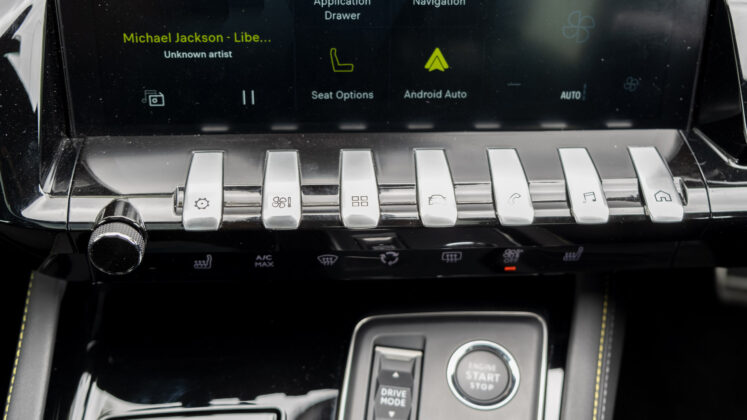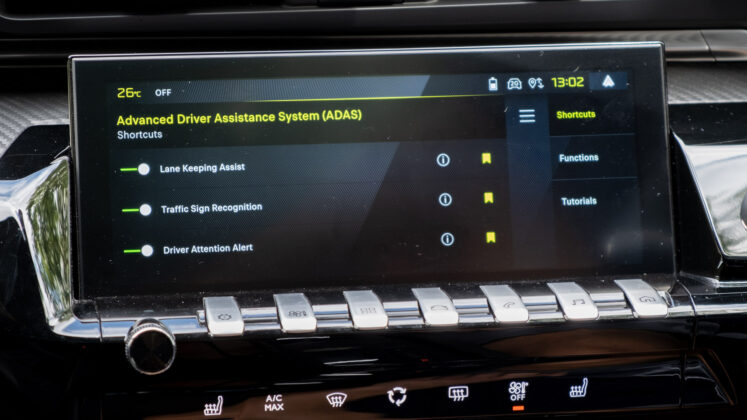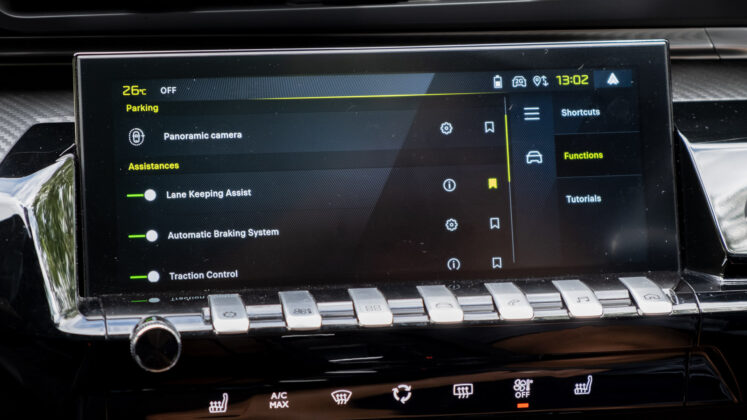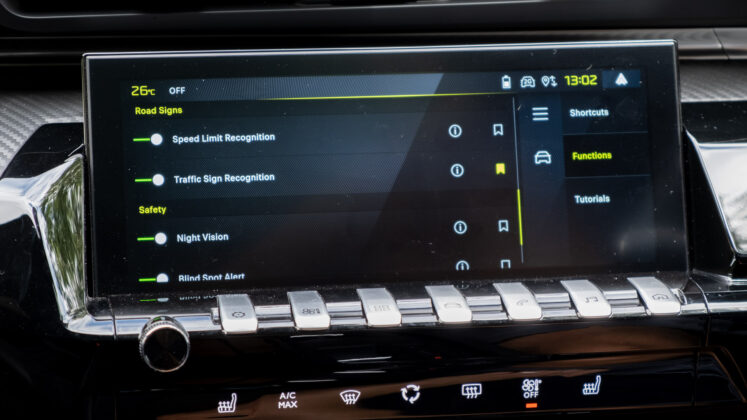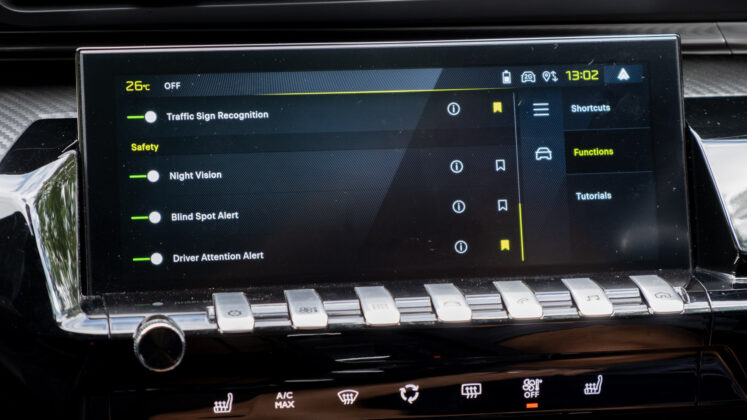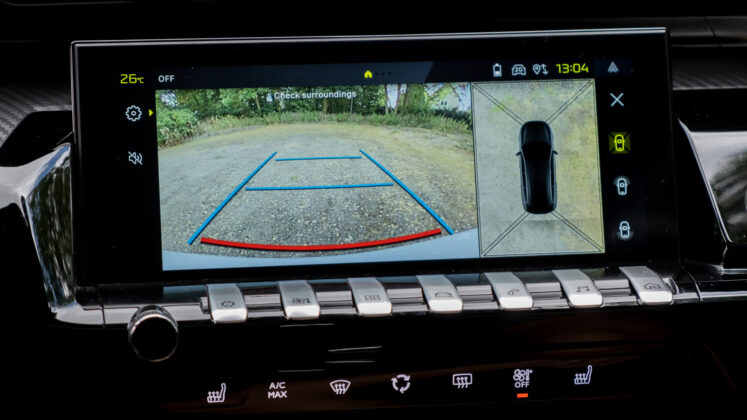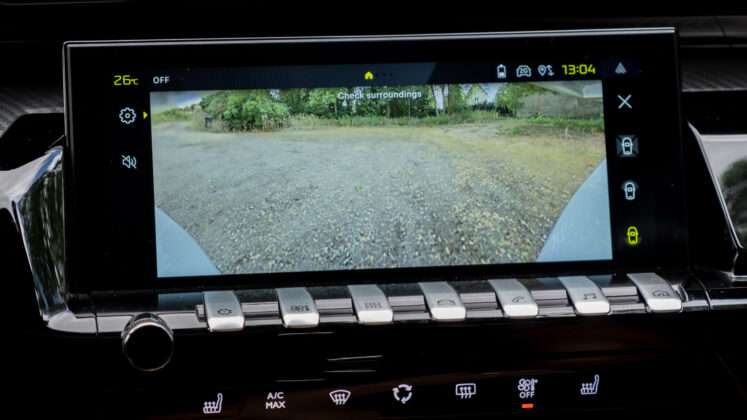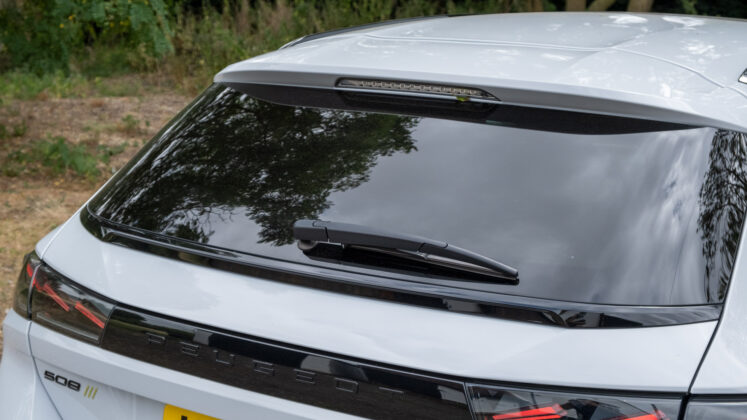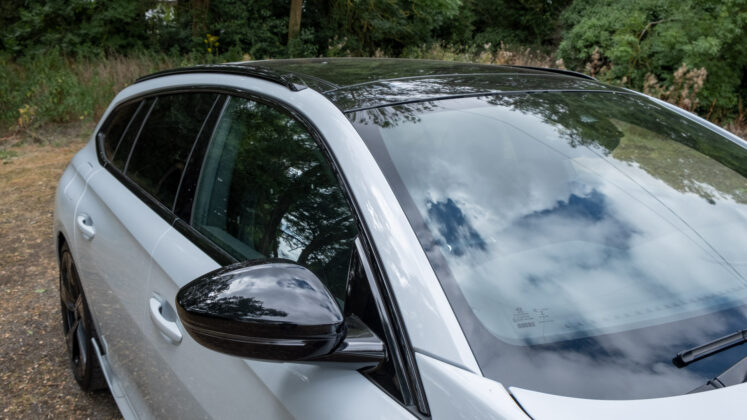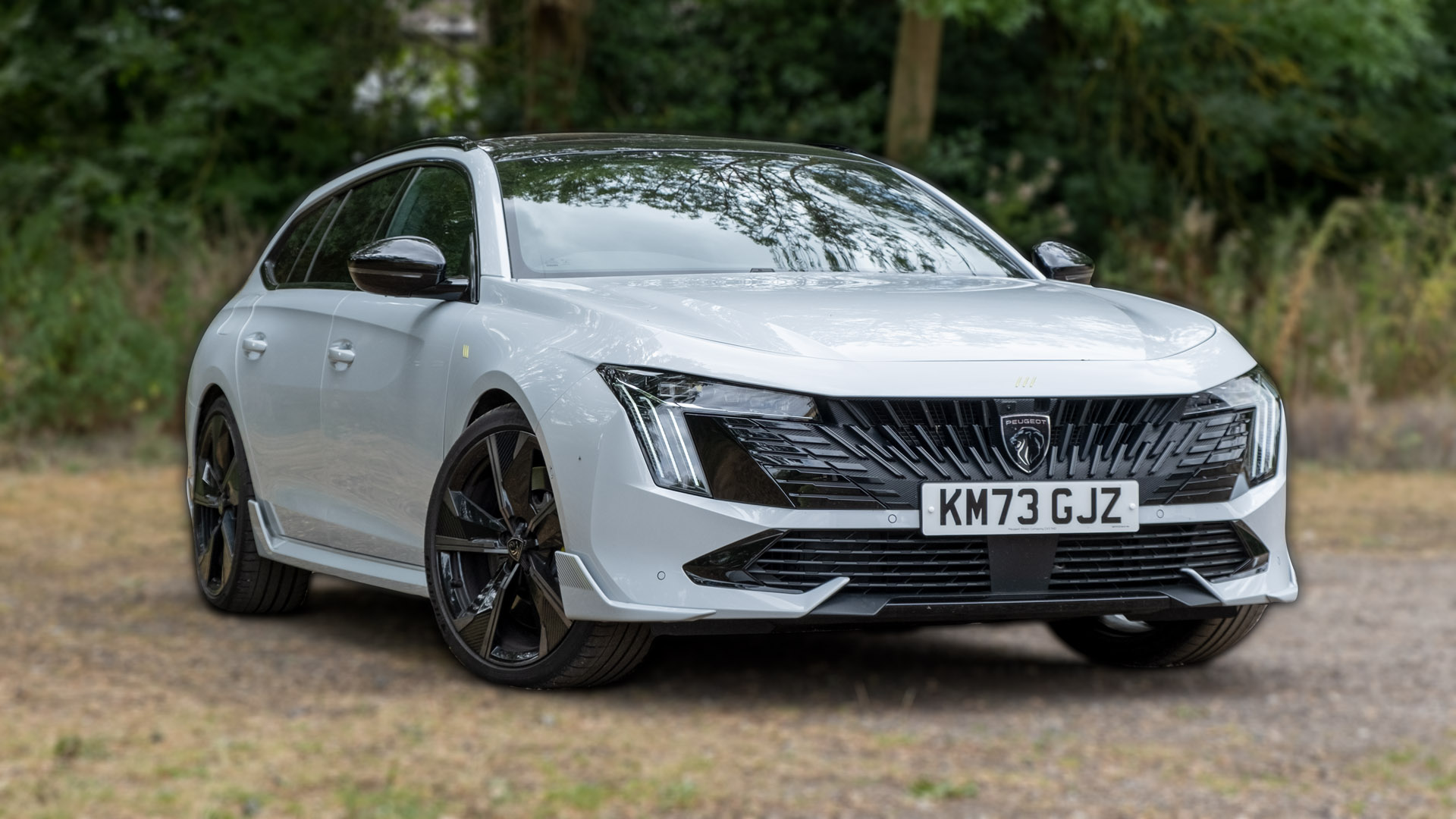The Peugeot 508 has been around since 2011 and is available as a fastback and an estate – the 508 and 508 SW, respectively. Now in its second generation, it’s also available as a plug-in hybrid (PHEV), making it ideal for those who can recharge frequently as it can save money on fuel. On review is the 508 SW PSE (Peugeot Sport Engineered), which is the top-spec high-performance estate model.
If you’d prefer to watch a review of the Peugeot 508, head on over to our YouTube channel.
Peugeot 508 price & competition
At the time of writing, the Peugeot 508 Plug-In Hybrid is available in three trims: Allure, GT and PSE. The fastback model is slightly cheaper than its estate (SW) counterpart, with prices of the Allure starting from £43,790, the GT from £46,440 and the PSE from £53,975. The 508 SW costs £44,990, £47,640 and £55,175, respectively.
The PSE model is solely available with a hybrid powertrain, while the Allure and GT are also sold as a pure petrol vehicle – they’re £8,755 cheaper than their more powerful and efficient hybrid siblings. A full breakdown of the trims can be found below (click to expand):
Find the best Peugeot 508 deals
In terms of the alternatives, there are numerous hybrids – albeit mainly SUVs – to consider: the Nissan Juke Hybrid from £27,250; Honda HR-V from £30,695; MG HS PHEV from £31,095; Nissan Qashqai e-Power from £34,020; Peugeot 3008 Hybrid from £34,180; Citroen C5 Aircross from £36,875; Nissan X-Trail e-Power from £36,965; Citroen C5 X Hybrid from £38,220; Cupra Formentor e-Hybrid from £39,895; Kia Sportage PHEV from £40,545; Ford Kuga PHEV from £40,555; Hyundai Tucson PHEV from £41,930; VW Passat from £44,105; BMW 330e Touring from £48,785; Range Rover Evoque P300e PHEV £49,000; Suzuki Across Hybrid from £49,529; Audi Q5 TFSIe from £55,105; and the BMW X3 xDrive30e from £56,515.
Read next: Kia Sportage review: Better than Hyundai Tucson?
Peugeot 508 exterior review
Looks are also subjective, but we suspect most will agree that the exterior design of the Peugeot 508 is surely stylish. From the three-claw signature look at the front, to its boisterous side profile and snazzy rear look with outward-facing exhaust pipes, this vehicle is a head-turner. It’s further emphasised in the PSE model that goes that one step further by having an even more aggressive stance, with its front splitter, floating blades and blacked-out front grille.
In terms of its alloys, 17″ come fitted in the Allure, 18″ in the GT (with 19″ as an option), while the pictured PSE has those larger 20″ wheels. The Eclipse Blue paint comes fitted as standard in the Allure and GT, with white, three shades of grey and a black finish available as a £750 option, and the Elixir Red comes in at £950. The PSE’s colour palettes are a bit more dull with Selenium Grey fitted as standard, with a black or white finish available for an additional £650.
Roof bars come fitted as standard in the estate model, while the max braked trailer capacity for all the PHEV models sits between 1,260-1,300 kg.
Read next: Citroen C5 X review: Hybrid perfection?
Peugeot 508 interior review
Inside, the cabin is stylishly designed; from the stitching work on the upholstery, the materials used on the dashboard to the finish of the door frames. It all looks and feels premium. It has a pretty practical design too, but unlike the Peugeot 408 and e-308 the i-Toggles aren’t present. Instead of customisable virtual buttons, you’ve got a few physical shortcut buttons that reside below the centre display.
As for the infotainment system itself, there is a responsive and vivid 10” touchscreen display, which is slightly angled towards the driver making it easier to use. The automaker has seemingly updated its software from previous iterations, making it a bit more snappy with faster transitions and a little more intuitive to navigate.
Buy a car phone mount on Amazon (Affiliate)
On that note, it’s great to see that both Android Auto and Apple CarPlay are supported over a wired and wireless connection; the latter makes it even easier to connect a smartphone to the infotainment system, while the former will give you the highest audio fidelity.
With that said, the level of integration stops at the centre display, as turn-based navigation data isn’t fed through to the fully digitalized 12.3″ instrument cluster. A real shame as some of its competitors provide said feature. Equally, it’s a shame that a Head-Up Display isn’t even available as an option. Instead, Peugeot has decided to double down on the driver’s display (also referred to as the i-Cockpit) by providing a good degree of customisation and a vivid screen that will show your driving information.
When it comes to its audio system, there’s an eight-speaker system that comes fitted as standard on the Allure and GT models. If, however, you want the 10-speaker 690-Watt Focal configuration, you’ll either have to opt for the top-spec PSE model or spend an additional £900 on the GT trim. The upgraded system does well across the frequency range and with the addition of a centre speaker within the dashboard and a subwoofer in the boot, it’s a worthwhile consideration for those who want a bit more punch over the stock setup. If you’d like to hear how the Focal system performs, watch our detailed review on YouTube.
Peugeot 508 storage review
The 508’s interior and exterior design are certainly stylish, however, when it comes to usable cabin storage it is rather limited. The glove box hasn’t been optimised for right-hand drive vehicles, the area at the top of the centre console is rather narrow, the wireless smartphone charging bay (standard on PSE, optional in GT and Allure) is awkwardly placed underneath the centre console, while the centre armrest compartment isn’t as large as one might expect.
With that said, the two front cupholders are grippy and there’s a pulldown armrest at the rear which also reveals a further two. The door bins are all lined in fabric which prevents loose keys or coins from rattling while on the move. The front two are large enough to accommodate a 500ml bottle alongside small-to-medium-sized valuables, while the rear two are a little more limited. Two USB Type-C ports are found within the centre armrest compartment, one of which is used to connect to the infotainment system, the 12V socket is located at the top of the centre console, while the two USB Type-A ports at the rear of the cabin provide up to 15 Watts of power.
As for its boot capacity, the Peugeot 508 offers a sizeable 487 litres with the seats up and 1,537 litres with them folded flat. The 508 SW goes a step further by providing 530 and 1,780 litres, respectively.
To put these figures into perspective here’s a selection of other SUVs: Land Rover Discovery Sport P300e (1,179/1,794 litres); Honda CR-V e:PHEV (635/1,728 litres); Hyundai Tucson PHEV (558/1,737 litres); Kia Sportage PHEV (540/1,715 litres); Honda CR-V e:HEV (586/1,642 litres); Volkswagen Passat (483/1,613 litres); Skoda Octavia iV Estate (490/1,555 litres); Citroen C5 X Hybrid (485/1,580 litres); Peugeot 408 Hybrid (485/1,545 litres); Citroen C5 Aircross (460/1,510 litres); Nissan X-Trail (485-575/1,298-1,386); Range Rover Evoque P300e (591/1,383 litres); Nissan Qashqai e-Power (455/1,379 litres); BMW 330e Touring (410/1,420 litres); Cupra Formentor e-Hybrid (345/1,475 litres); Suzuki Across Hybrid (490/1,168 litres); BMW X2 xDrive 25e (410/1,290 litres); Honda ZR-V (370/1,301 litres); Nissan Juke Hybrid (354/1,237 litres); Honda HR-V (320/1,290 litres).
In terms of practicality, the Peugeot 508 has a hatchback design, with 60:40 rear-split folding seats with an integrated ski latch, a flat loading bay and an underfloor compartment that’s large enough to accommodate the vehicle’s charging cables. It’s great to see that the boot load cover has the means of being adjusted in two separate locations, while the rear seats can also be dropped down with ease using the release leavers found in the boot.
You also have an electrically operated tailgate in the PSE trim, with it being available as a £400-425 option in the other models.
Read next: Skoda Enyaq iV review: The Volkswagen ID.4 alternative
Peugeot 508 comfort review
Another area where the Peugeot 508 falls short is in comfort. The seats themselves are a little hard and therefore longer drives cause a bit of discomfort to one’s lower back. Headroom and legroom are a non-issue for 6-foot (182cm) individuals, however, given the vehicle on review is an estate, we were left a little disappointed by the amount of legroom at the rear of the cabin – it feels a little tight.
Nonetheless, it’s refreshing to see that the French automaker has kept the transmission tunnel down to a minimum; making it more comfortable for a rear middle occupant. While this might be common practice in fully electric vehicles that are built from the ground up, it’s still a rarity in hybrids.
In terms of seat adjustments, the front two are manually-operated only, with lumbar support for the driver fitted as standard. Should you want part-electronic AGR seats and heated functionalities, you’ll have to opt for the GT trim or add a £500 option in the Allure. The PSE trim has eight-way electric controls with a massage function as standard. This can be added to the GT trim for a whopping £2,050. Should you also want a panoramic glass roof with an electric interior blind on any of the trims, you’ll need to splash out an additional £1,100.
Find the best Peugeot 508 deals
What is great to see, however, is the hexagonally-shaped steering wheel. It’s fitted as standard across the trim range and we previously noted its unique form factor in other Peugeot vehicles that we’ve reviewed. Indeed, its compact design makes it easy to grip and entices a degree of connection with the front axle; we’ll touch upon the driver’s feel shortly.
As for cabin noise, unfortunately, the 508 SW PSE didn’t perform that well in our tests, notably due to tyre noise creeping in at higher speeds. This could be because the vehicle on review had those 20″ rims fitted, which has a negative impact on cabin noise due to the smaller tyre walls. Consider looking at the other trims or fitting smaller-sized alloys to reduce rolling noise.
Read next: Volkswagen Passat Estate GTE review: The best hybrid estate?
Peugeot 508 performance review
Aside from cabin noise, the 508 isn’t the most comfortable vehicle on the road. The tested PSE model has a Pseudo MacPherson setup at the front and a semi-independent multi-axle configuration at the rear – this moves to a twisted beam axle setup at the rear in the non-PSE variants. In our mixed driving tests, we found that this combination lacked refinement, meaning one can feel the speed bumps, potholes and anomalies on the road. Indeed, it’s quite stiff even on the Comfort mode setting. Quite surprising given the PSE model has adaptive suspension fitted as standard – it’s available as an option in the electrified GT model.
The upside to all of this is that the Peugeot is plenty of fun to drive; not only due to its stiffened suspension setup but also its compact steering wheel, which provides that extra bit of engagement. The 508 feels planted to the ground and grips well around winding country roads. It’s not quite the best in its class, with the likes of the BMW 330e Touring offering the utmost driver’s feel, but it’s not too far behind its German counterpart. Similarly, braking performance is pretty good, with the PSE model having a 380mm 4-piston setup as opposed to Allure and GT which have a 304x28mm configuration at the front and a 268x12mm setup at the back.
In terms of traction, the 508 gives plenty of confidence, although the way it operates is intriguing. In the Allure and GT trims, you’ve got a front-wheel drive (FWD) configuration only, however, in the PSE model it operates on an FWD system in hybrid mode, rear-wheel drive (RWD) in electric mode, and when required can work as a four-wheel drive (4WD) too. Indeed, in the PSE trim, there’s a dedicated 4WD mode that helps provide that extra degree of confidence – while not quite a novelty in a hybrid estate, it’s still good to see that Peugeot has included such a mode for those who require it.
As you might have guessed, the PSE model is different in its ability to drive power. Here you have a front 81 kW and rear 83 kW electric motor that combine with a four-cylinder 1.6-litre 200 hp (147 kW) petrol engine to output a staggering 265 kW of power (355 hp) and 520 Nm of torque. A notable increase over the Allure and GT models, which have a front 80 kW motor and a four-cylinder 1.6-litre 181 hp (133 kW) petrol engine, which combined output 165 kW (225 hp) and 360 Nm of torque.
Using Racelogic’s Performance Box Touch we tested the PSE model from 0-20mph in 1.62 seconds, 0-30mph in 2.42 seconds; 0-60mph in 5.51 seconds and from 50-70mph in 2.52 seconds. Top speed is rated at 149mph (84mph in EV mode) in the Allure and GT models and 155mph (86mph in EV mode) in the PSE variant.
Buy a car phone mount on Amazon (Affiliate)
While its blistering straight-line speed is impressive, its eight-speed automatic transmission is a little sluggish when you’re flicking through the gears with the paddle shifters. However, in fully automatic mode you won’t know that the vehicle hesitating – it’s smooth.
What’s better, is the transition between fully electric and hybrid power. It’s absolutely seamless with no noticeable delay. The only way you’ll know that the vehicle is switching between the modes is to glance down at the instrument cluster to see if the speedometer is being displayed in white (petrol) or blue (electric).
Speaking of electrification, it’s rather surprising that the fastback model houses a larger battery than its estate counterpart – 12.4 kWh up from 11.8 kWh, while the 508 SW PSE has an even smaller 11.5 kWh capacity instead; 34.2-42.3 miles of electric range is claimed by the manufacturer, however, we didn’t achieve anything higher than 15 miles, which is rather disappointing. The 42-litre fuel tank should also give you around 300 miles of range, resulting in around 315 miles of total range before having to stop to refuel and recharge.
In terms of efficiency, we attained 45-50 MPG in our mixed driving tests, which is a respectable figure. This drops to 40-45 MPG should you run out of electric juice and drops south of 40 MPG should you enable the e-Save function, more on that in a bit.
To put these figures into perspective, here’s how it stacks up to some of the other hybrid vehicles that we’ve tested: the Citroen C5 X Hybrid and Peugeot 408 Hybrid attained 70-75 MPG, the Cupra Formentor e-Hybrid 64 MPG, the VW Passat Estate 60-65 MPG, Kia Sportage PHEV 60-65 MPG, the Citroen C5 Aircross Hybrid 58 MPG, the Suzuki Across Hybrid 55-61 MPG, the Skoda Octavia iV Estate and Honda HR-V 55 MPG, the Honda CR-V e:PHEV 50-55 MPG, the Nissan Qashqai e-Power 50-53 MPG, the Honda CR-V e:HEV 45-50 MPG, the MG HS PHEV and Honda ZR-V 40-45 MPG, the Hyundai Tucson PHEV 42.7 MPG, the Nissan X-Trail 42.6 MPG, the Range Rover Evoque P300e 40 MPG, the BMW X2 xDrive 25e 39 MPG, the Nissan Juke Hybrid 35-40 MPG, the Jeep Renegade 4xe attained 36 MPG and the Land Rover Discovery Sport P300e just 35 MPG.
In order to recoup energy back into the battery pack, you’ll need to press the B-Mode button found towards the centre console. Doing so, the 508 will decelerate when you lift off the accelerator pedal and harvest kinetic energy into the battery pack. It’s not a one-pedal drive but does ease the need to brake as often in and around city streets.
Aside from regenerative braking, the electrified Peugeot 508 does have a trick up its sleeve – it can self-charge by using its 1.6-litre petrol engine. The e-Save function, which can be enabled at any time through the infotainment system, triggers the engine to act as a generator. This can be handy if you’re doing a long motorway drive, where the engine is at its most efficient. Once topped up, you can revert back to Hybrid or Electric (pure EV) mode when you’re in town. Unsurprisingly, this does affect fuel efficiency, so it’s solely worth using this tactically when you’re doing a longer journey. Otherwise, we’d suggest sticking the vehicle in Hybrid mode or using its electric range to maximise the benefits of the PHEV model.
Speaking of which, plugging it in as much as possible will help bolster fuel efficiency. A 3.7 kW onboard charger is fitted in the Allure and GT trims, meaning it’ll take 3hrs 25mins to go from 0-100%. Should you add a £400 option or go for the PSE model, you’ll have a 7.4 kW onboard charger instead, which allows you to attain the same level of charge in 1hr 45mins instead. Connected to a 3-pin wall socket, will take 5hrs 30mins.
Read next: Cupra Formentor e-Hybrid review: Better than BMW X2?
Peugeot 508 safety review
When it comes to safety, the second-generation 508 was tested by Euro NCAP where it achieved 5/5 in the rigorous crash tests. It scored a whopping 96% in Adult Occupancy, 86% in Child Occupancy and 79% in Safety Assist.
There are also a bunch of driver assistance systems that are fitted as standard across the entire trim range: Programmable Cruice Control and Speed Limiter, Emergency Brake Assist, Advanced Automatic Emergency Braking System, Front Collision Warning, Active Lane Keeping Assistance and road edge detection, Passive Blind Spot Detection, Speed Limit and Road Sign Recognition and Recommendation, and Speed Limit Recognition and Recommendation.
In the GT and PSE trims, you also have Adative Cruice Control with Stop and Go function and Lane Positioning Assist, which helps with those more mundane motorway journeys but isn’t as advanced as some of its competitor’s systems. Both these systems can be added to the Allure trim for an additional £600.
It’s also worth noting that in the PSE model, you also have Night Vision, which alerts you of dangers and objects you might not have seen via your instrument cluster. It’ll cost a whopping £1,300 to add this to the GT trim.
Should you not want to have a few of these safety systems in operation, such as Lane Keep Assist which gets enabled each time you power on the vehicle, you can easily disable them via a shortcut that can be accessed by pressing the physical car icon by the dashboard. In rival alternatives, you have to faff around with the infotainment system. While that’s still the case in the 508, it’s still far easier to access the ADAS menu than having to find the settings by trawling through multiple screens.
As for parking, front and rear sensors alongside a reversing camera come fitted as standard. In the GT and PSE models, you have 360-degree cameras instead; this can be added to the Allure model by opting for the £600 Techno Pack.
Should you rely on your own senses, visibility at the rear is a little limited due to the 508’s design. While at the front, the positioning of the rearview mirror does obscure part of the driver’s vision. Thankfully, at the side, it’s excellent.
Read next: New Honda HR-V review: Best hybrid SUV?
TotallyEV’s verdict on the Peugeot 508
Overall the electrified Peugeot 508 does pretty well across the board. It’s supremely stylish inside and out, fun and engaging to drive, loaded with technology and driver assistance systems and has a practical boot capacity.
However, it does lack seating and driving comfort, fuel efficiency and storage space within the cabin, which are characteristics that are hard to ignore given that the asking price starts from £43,790 for the fastback or £44,990 for the estate.
Find the best Peugeot 508 deals
What do you make of Peugeot’s PHEV? Let us know in the comments section below or via social media; we’re on: YouTube, Instagram, Facebook, X and LinkedIn.

